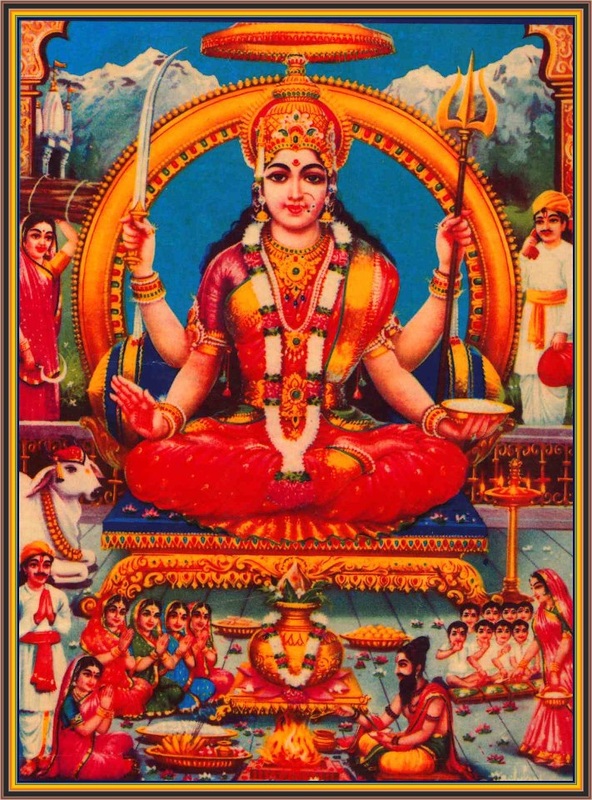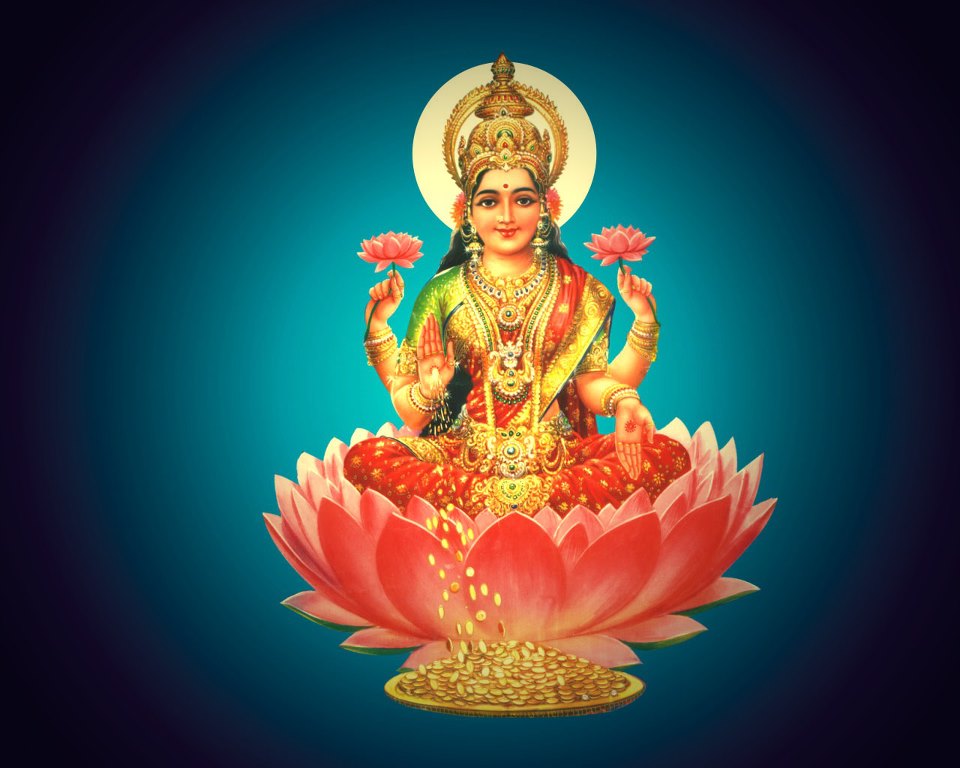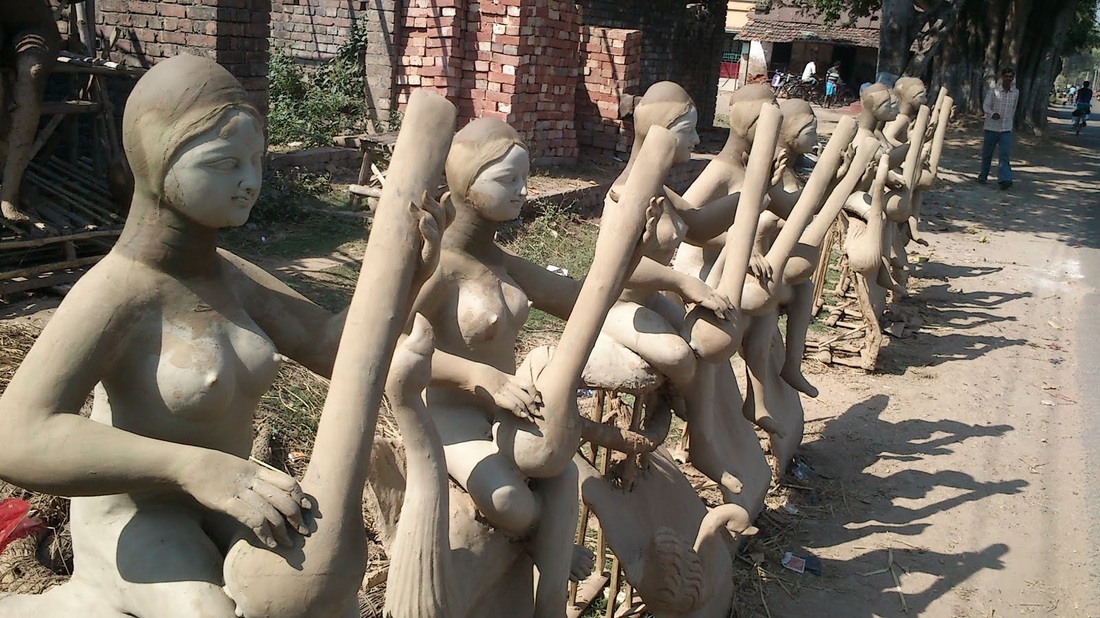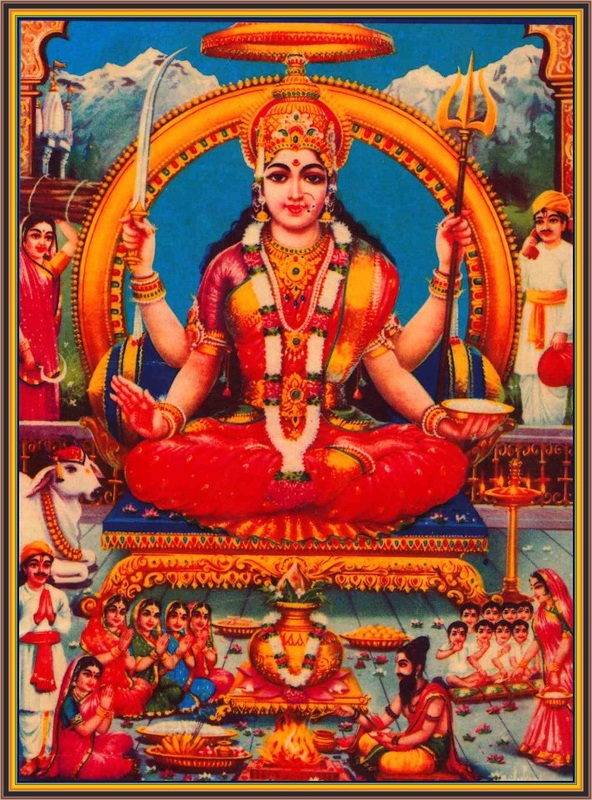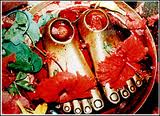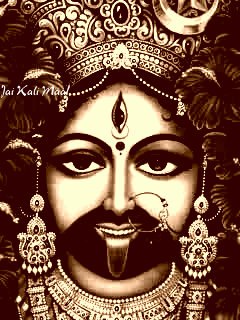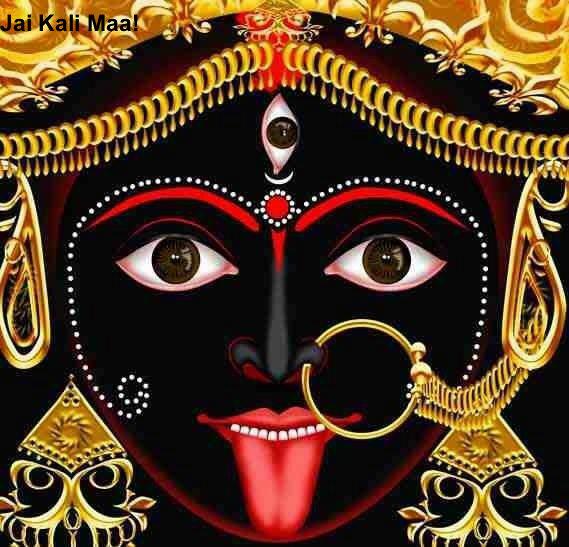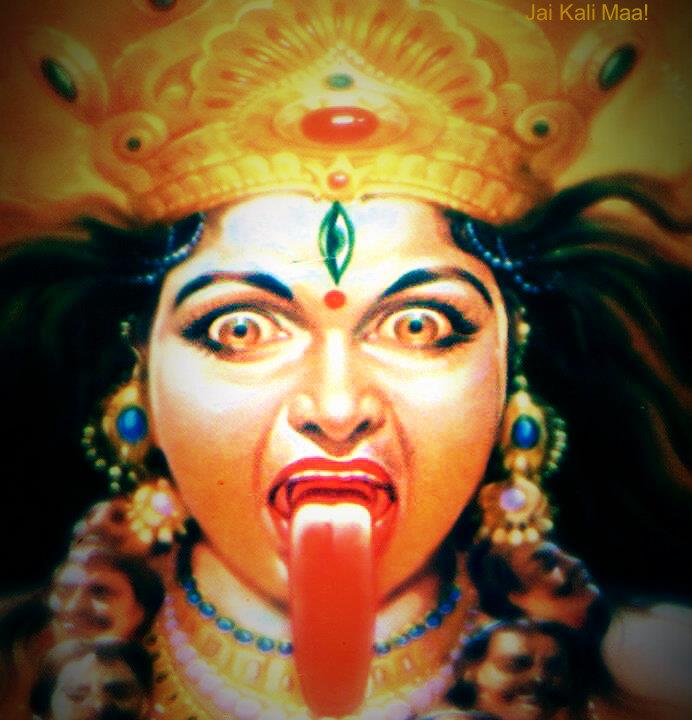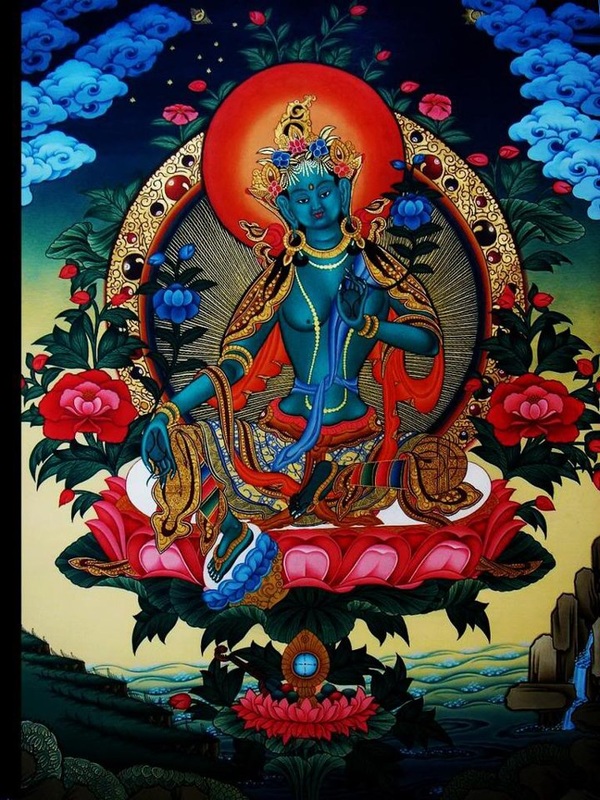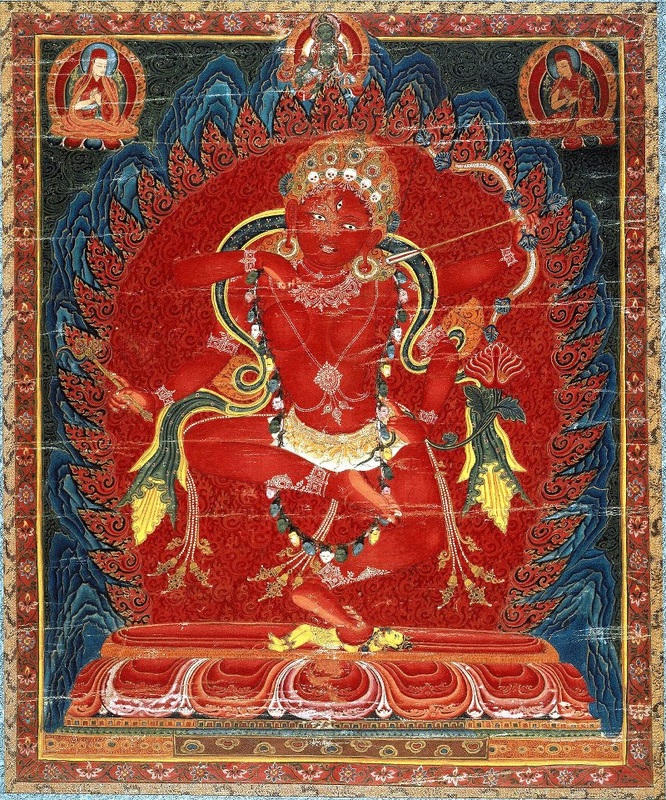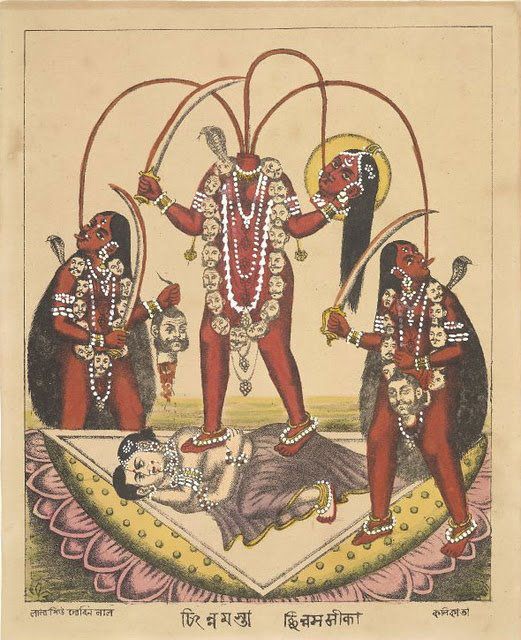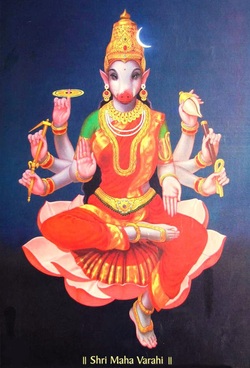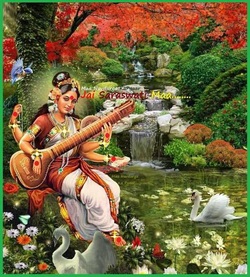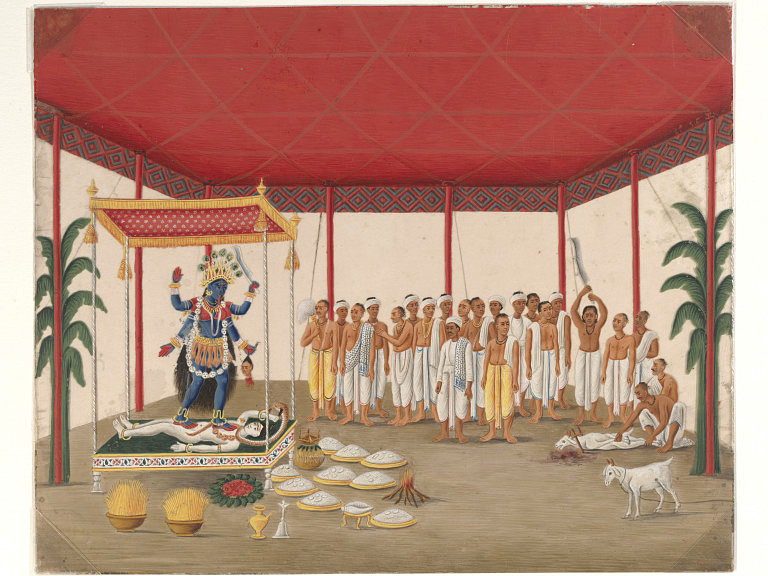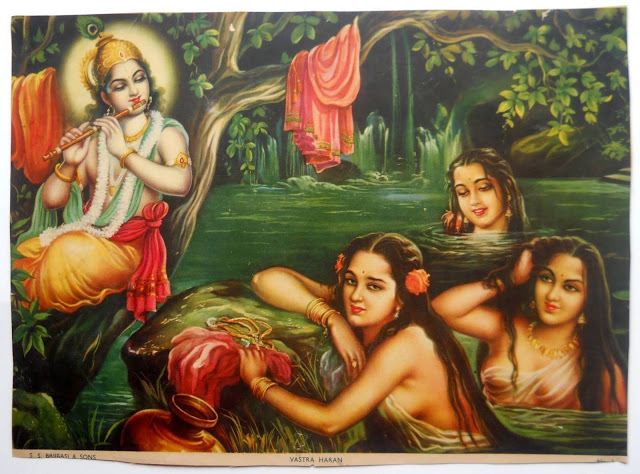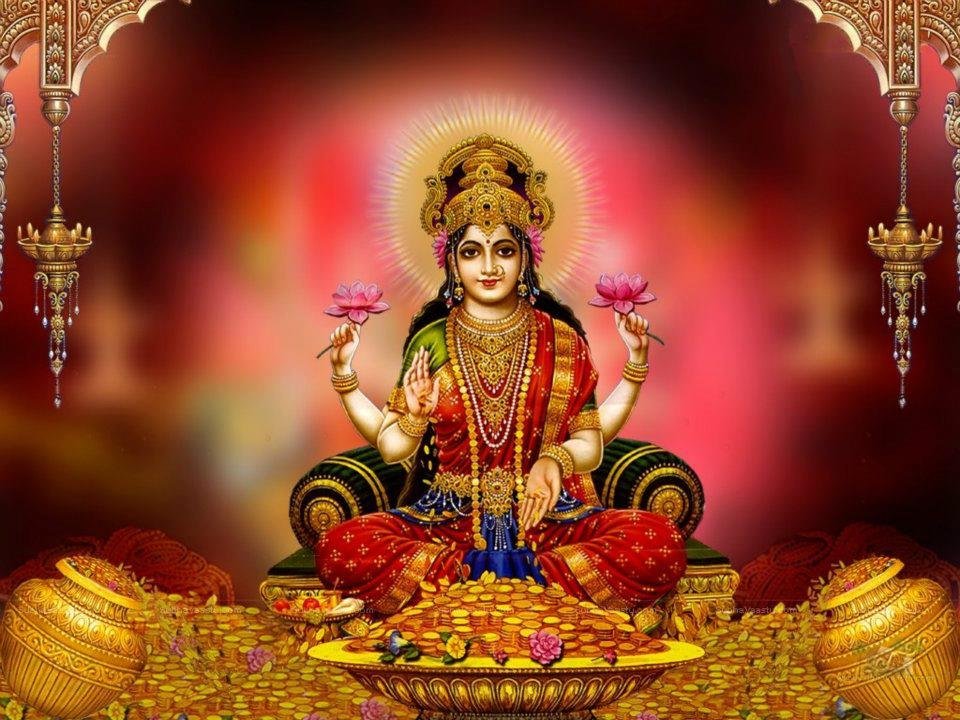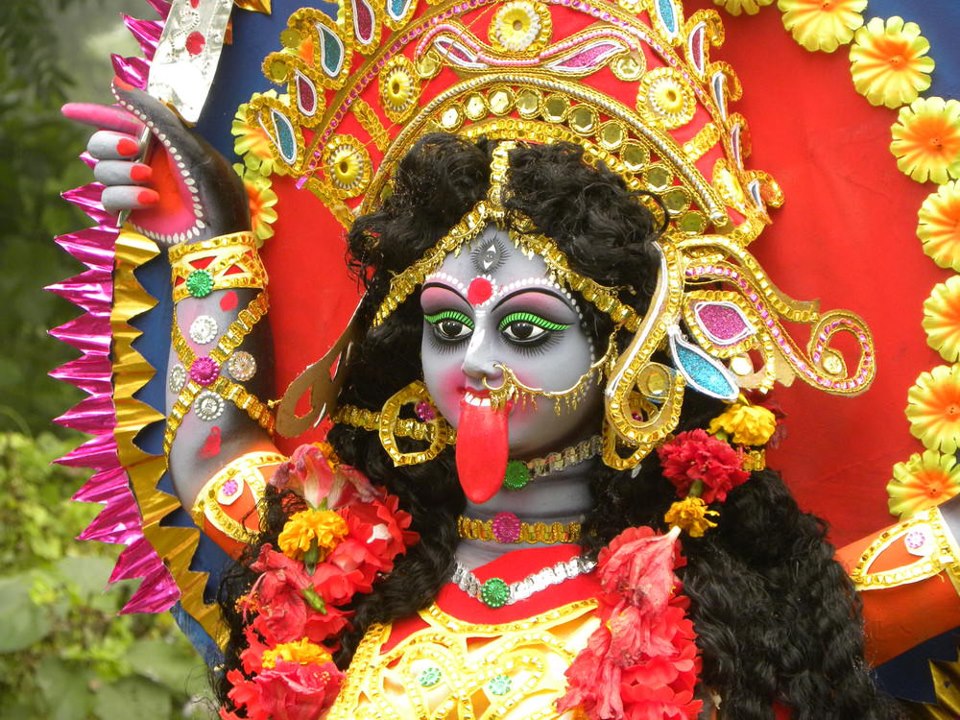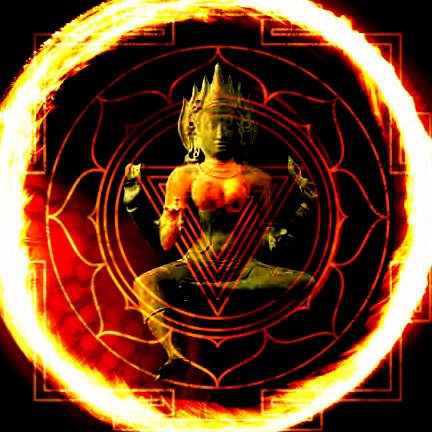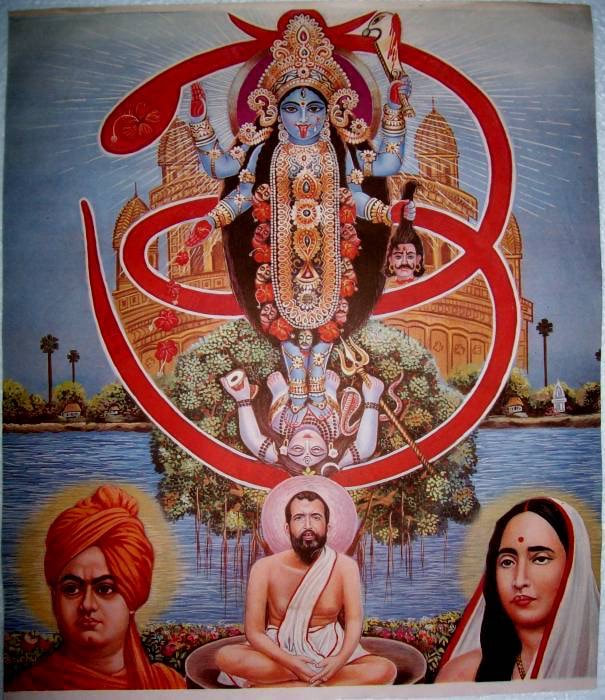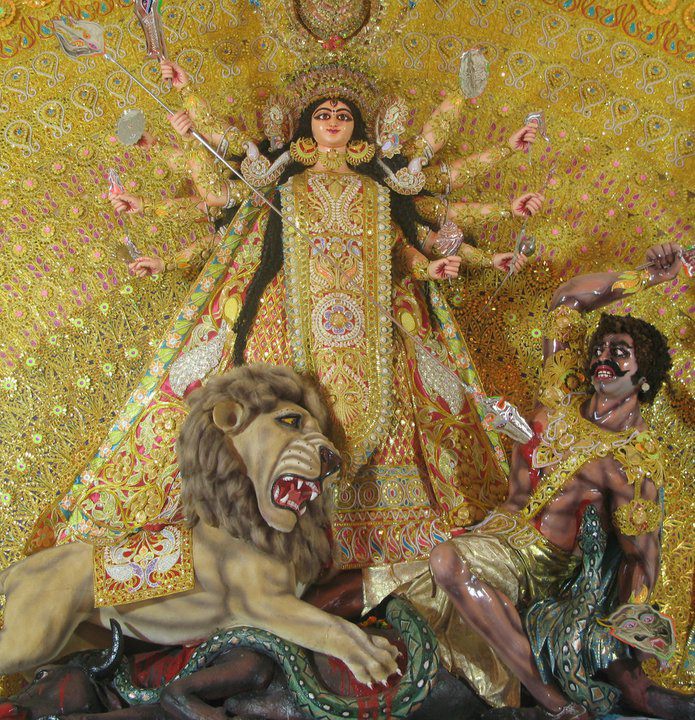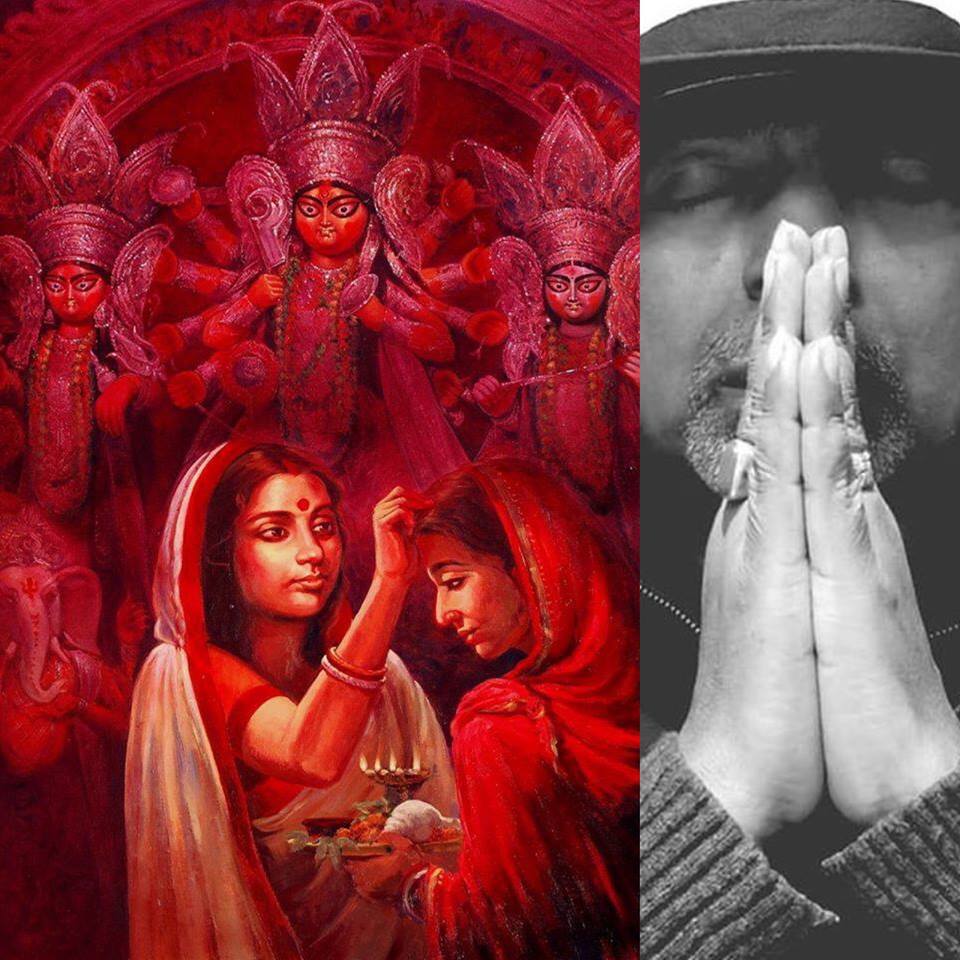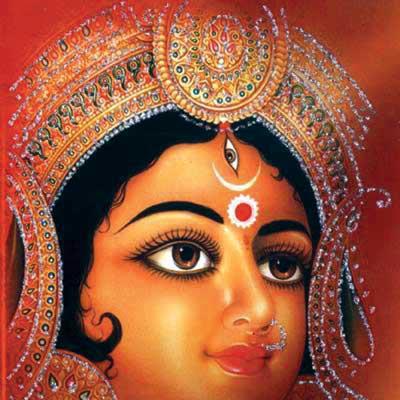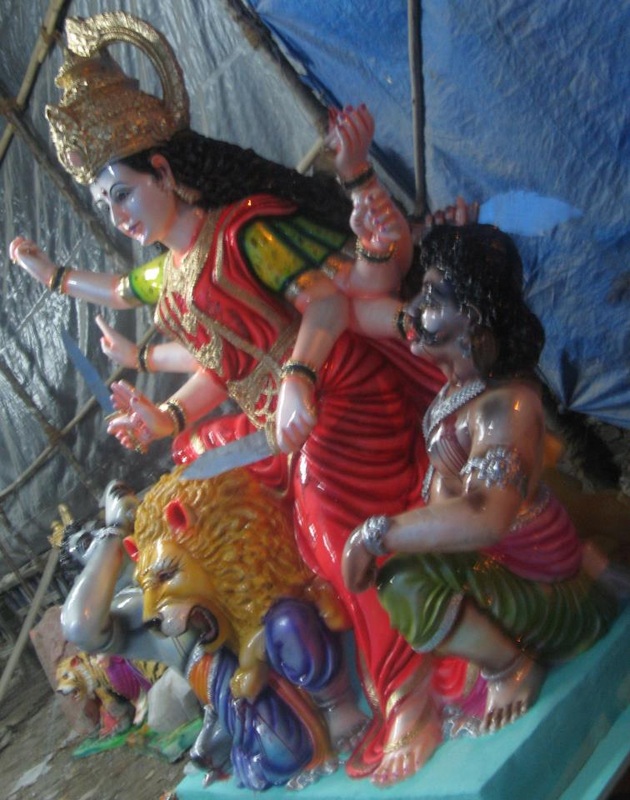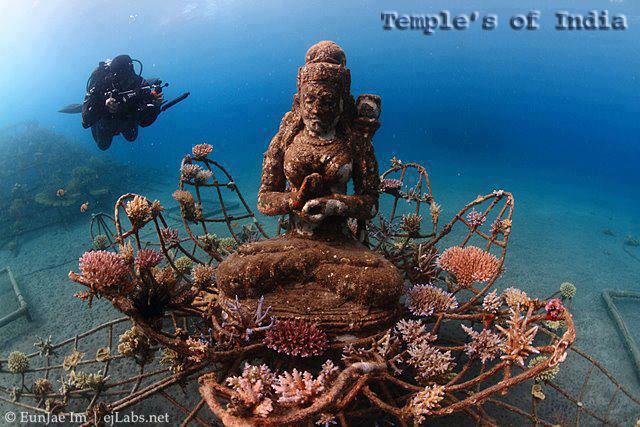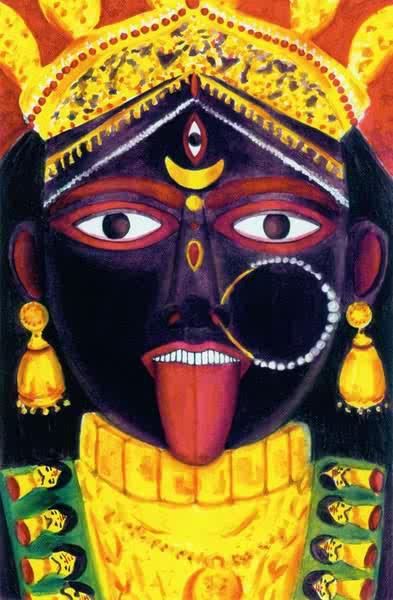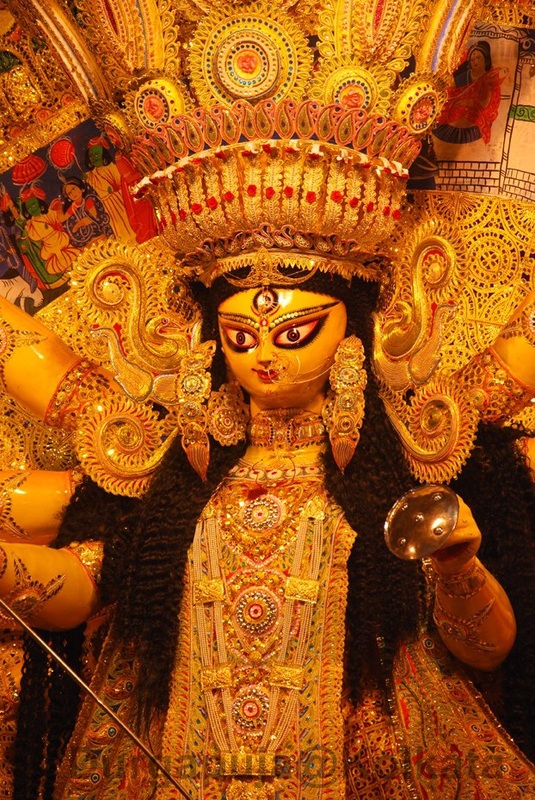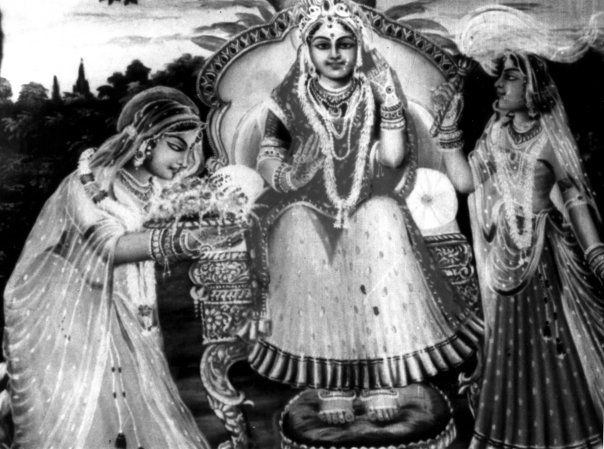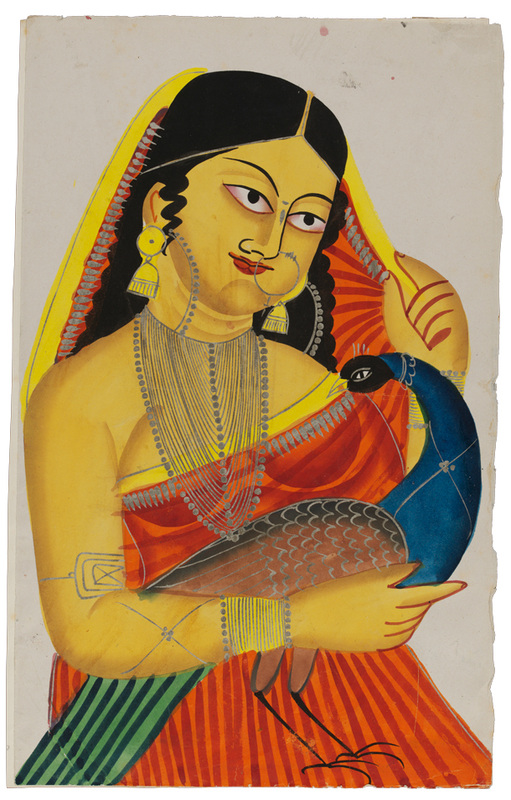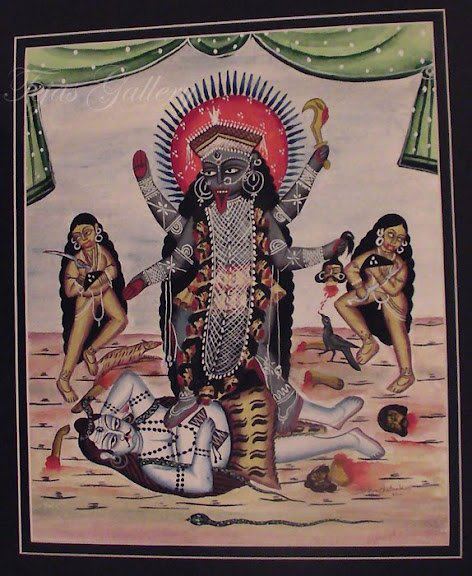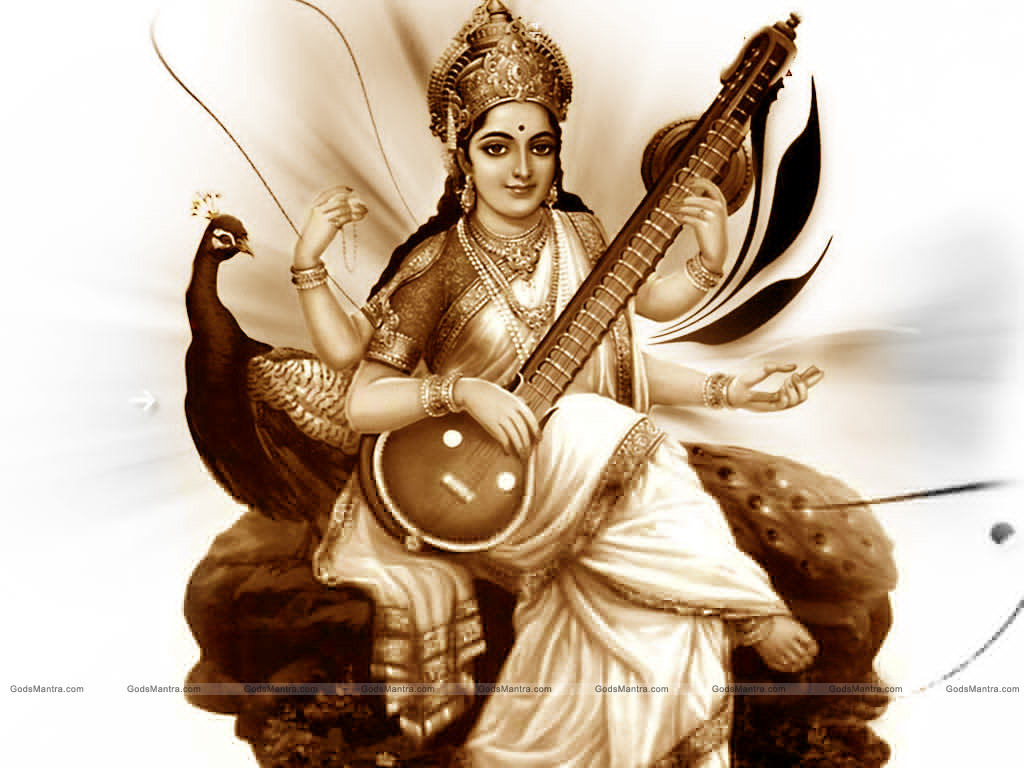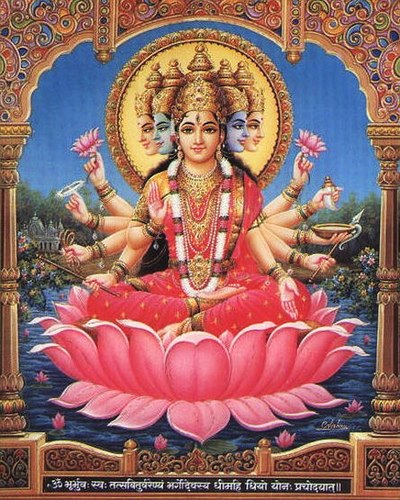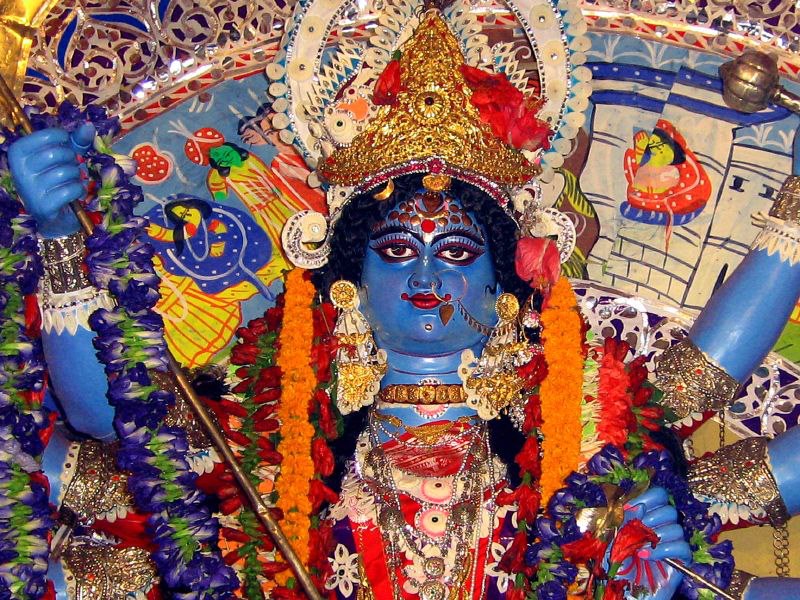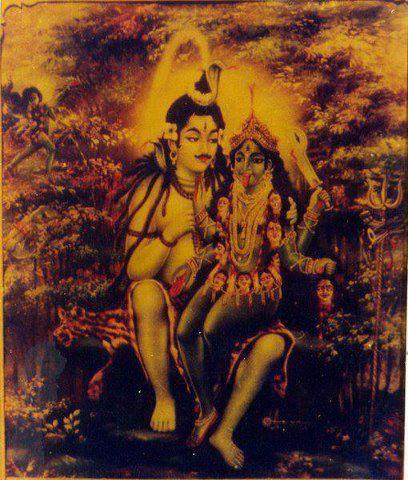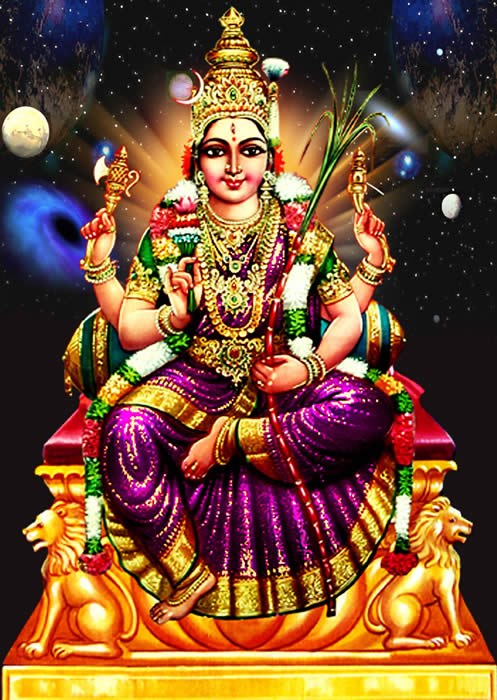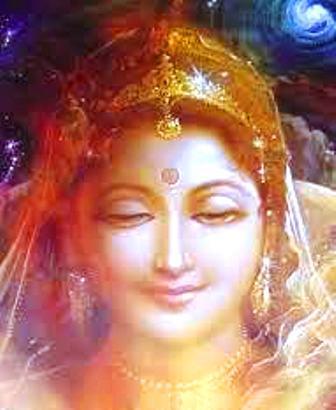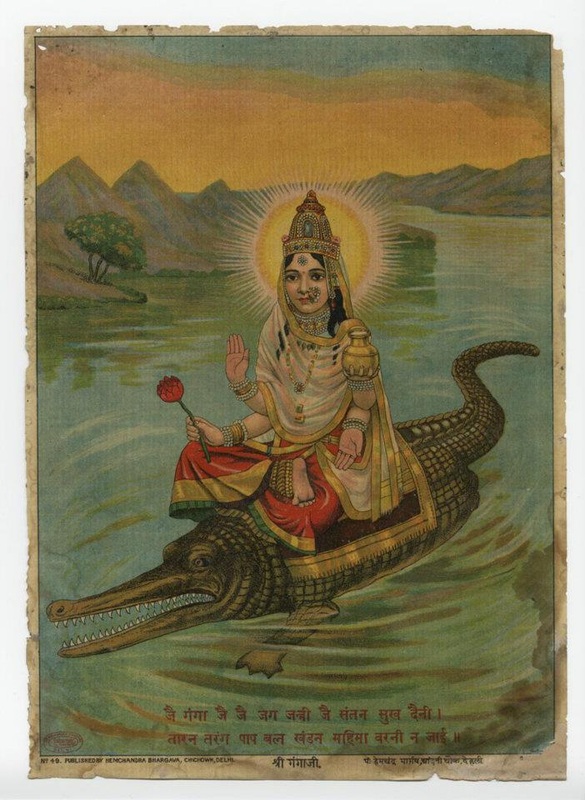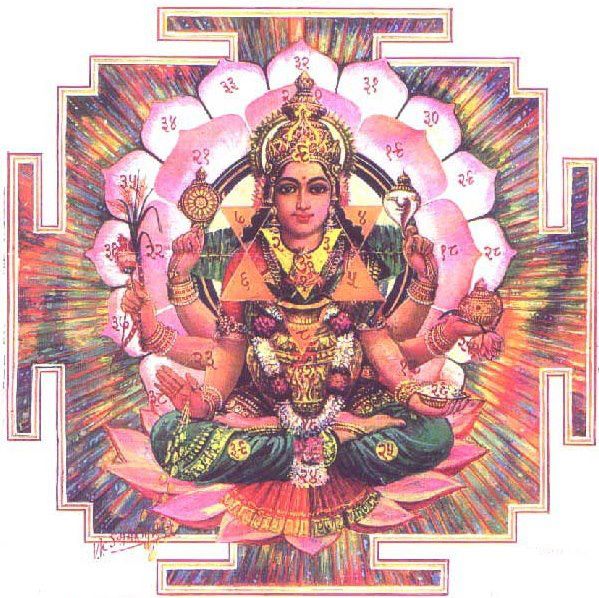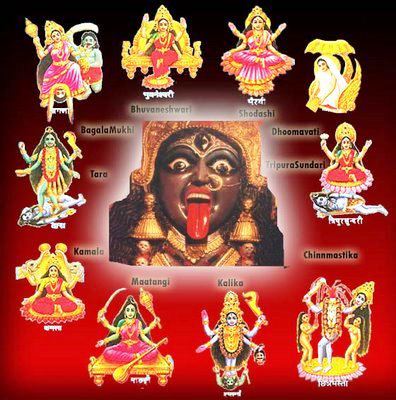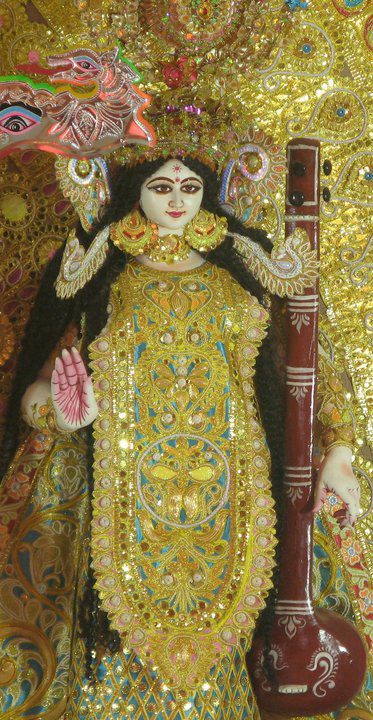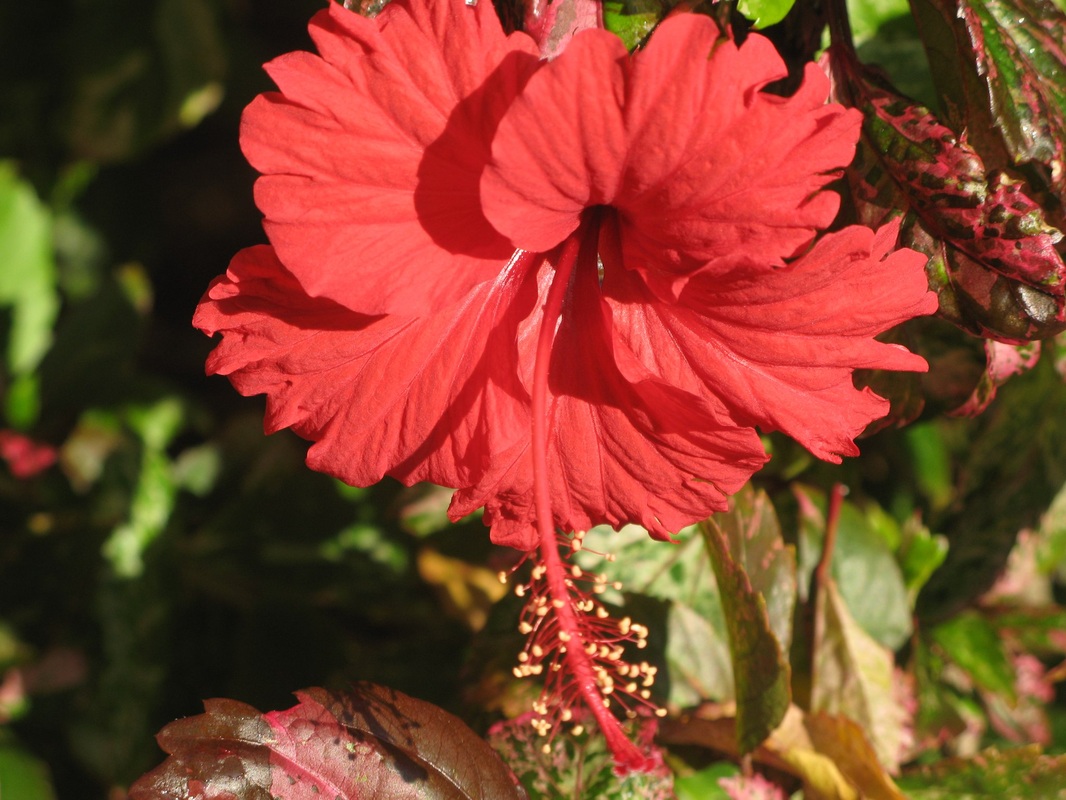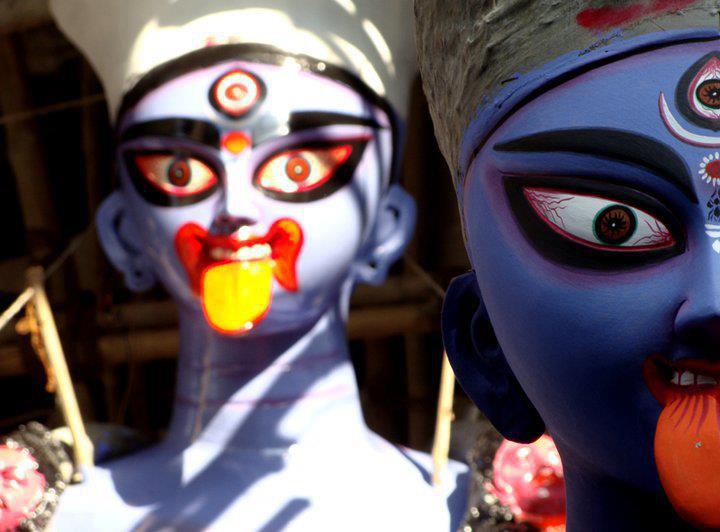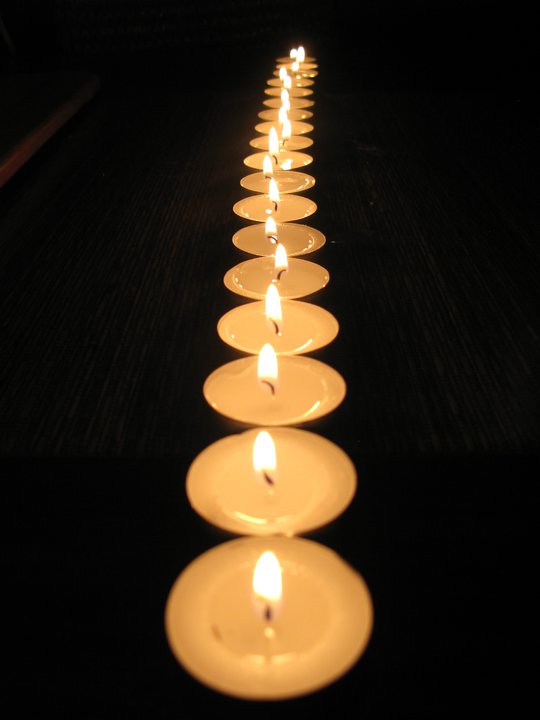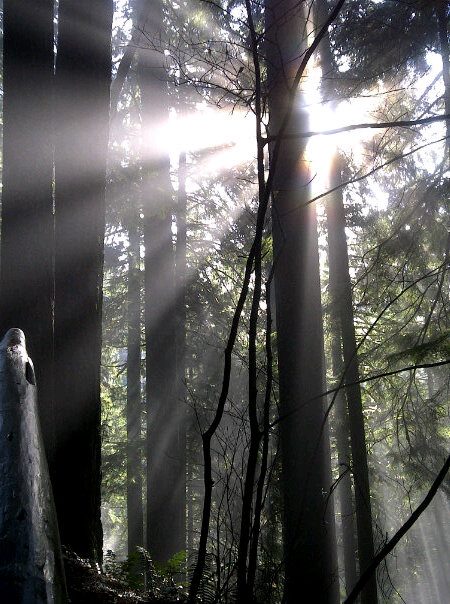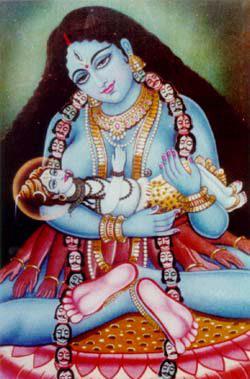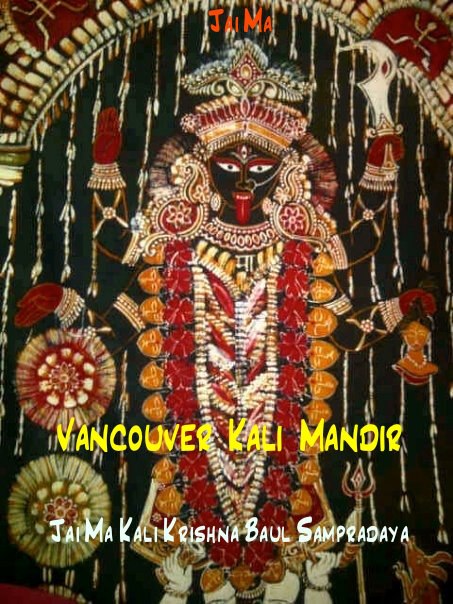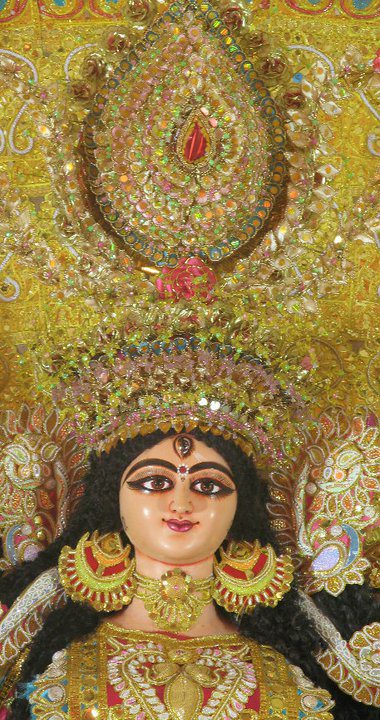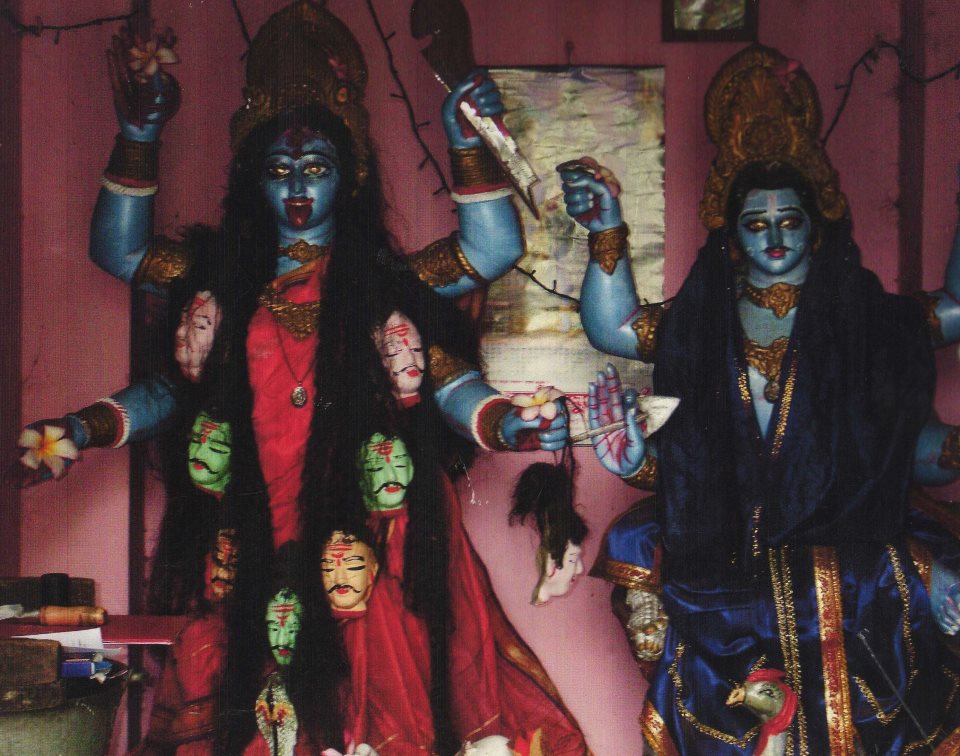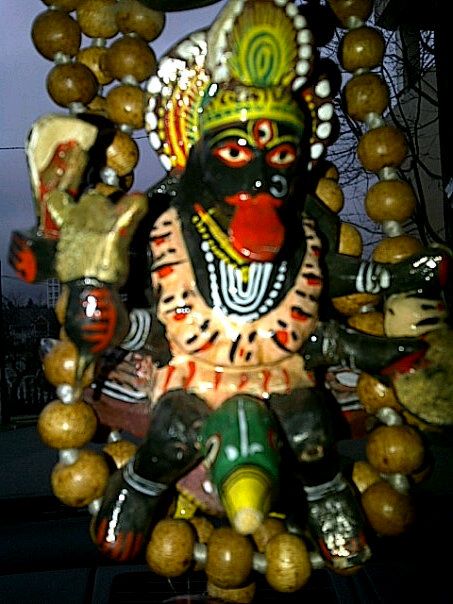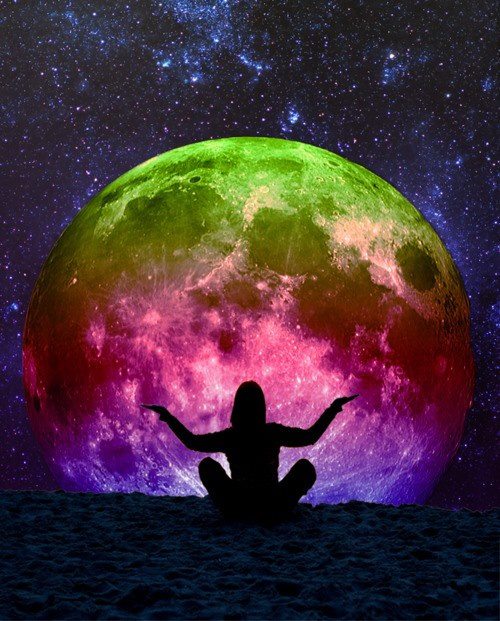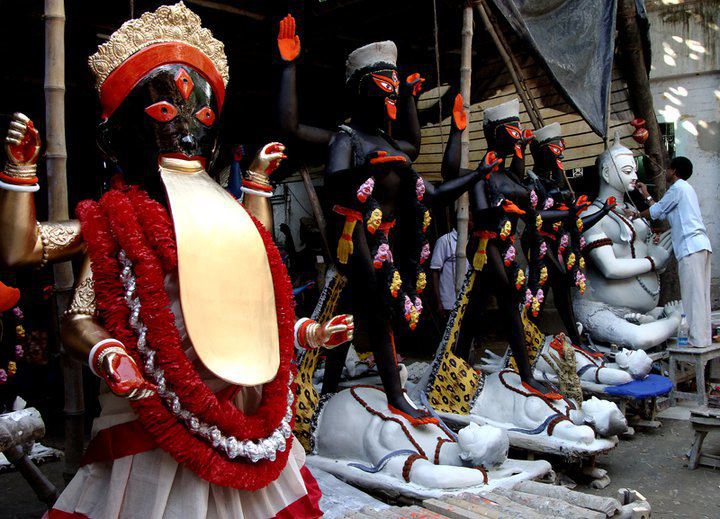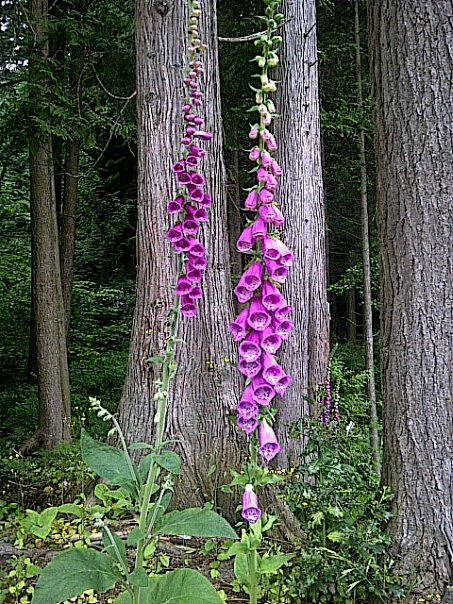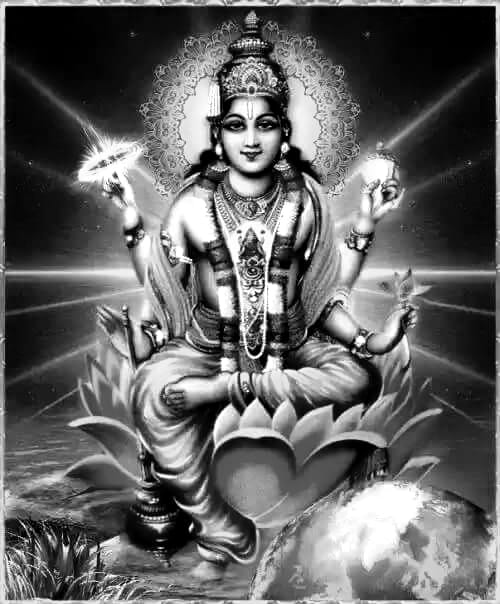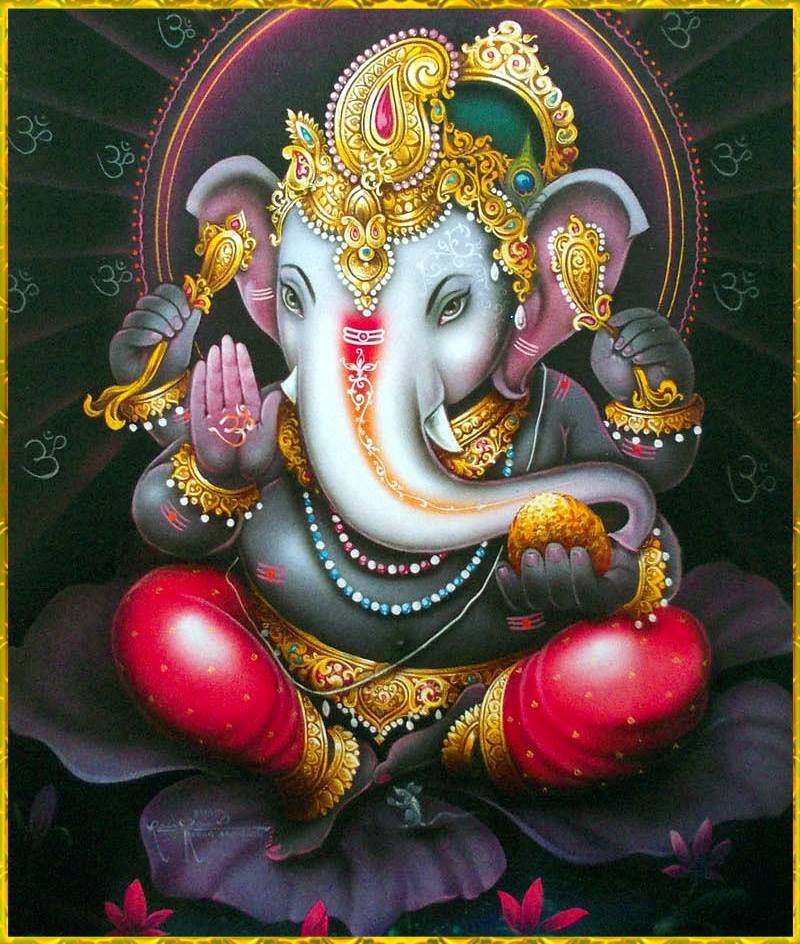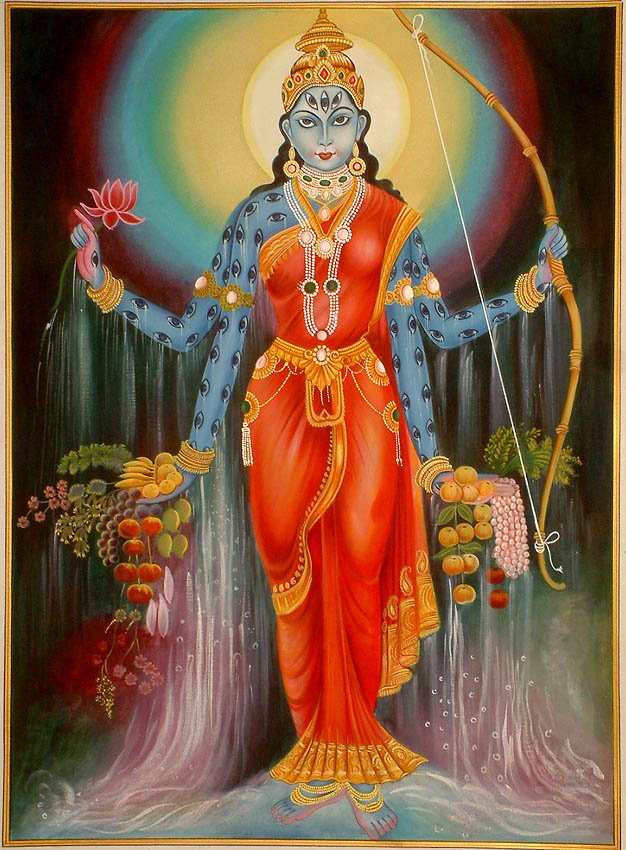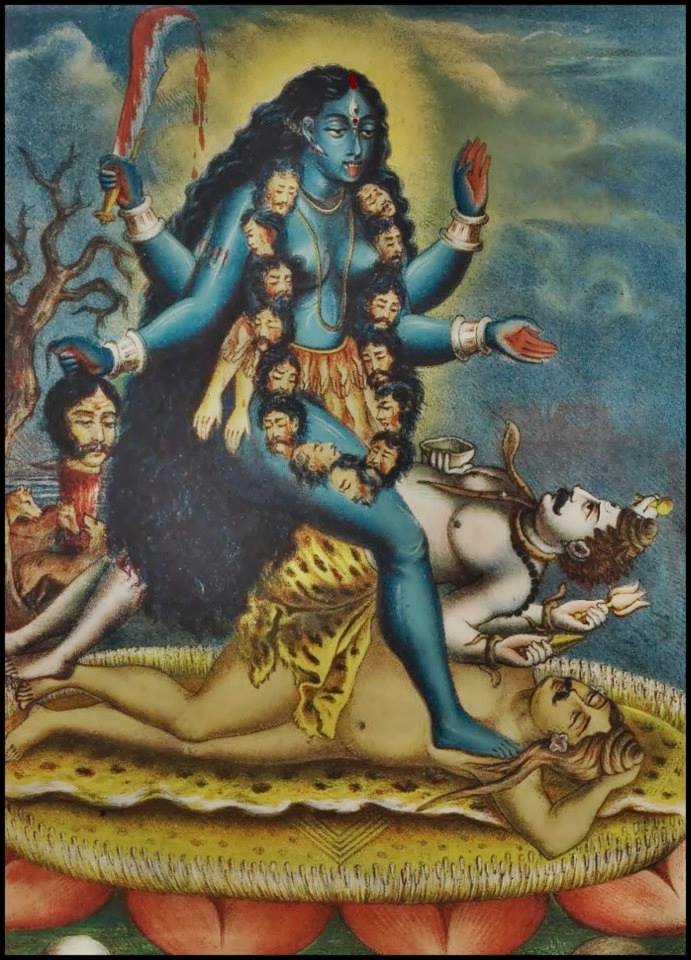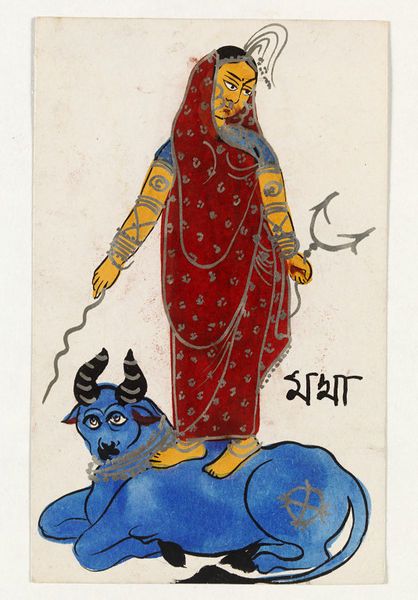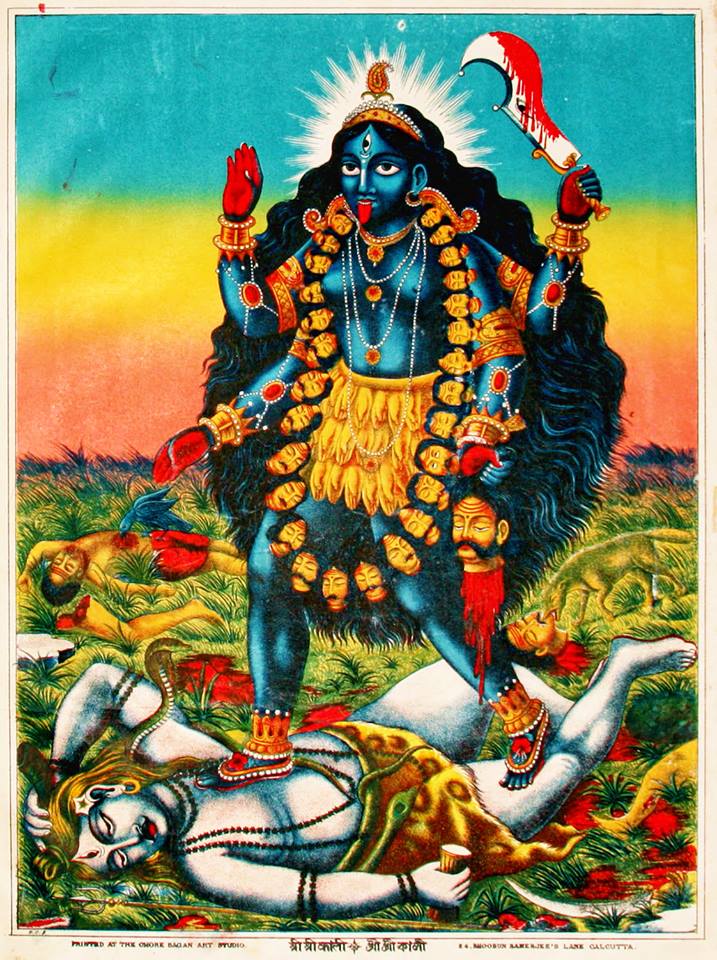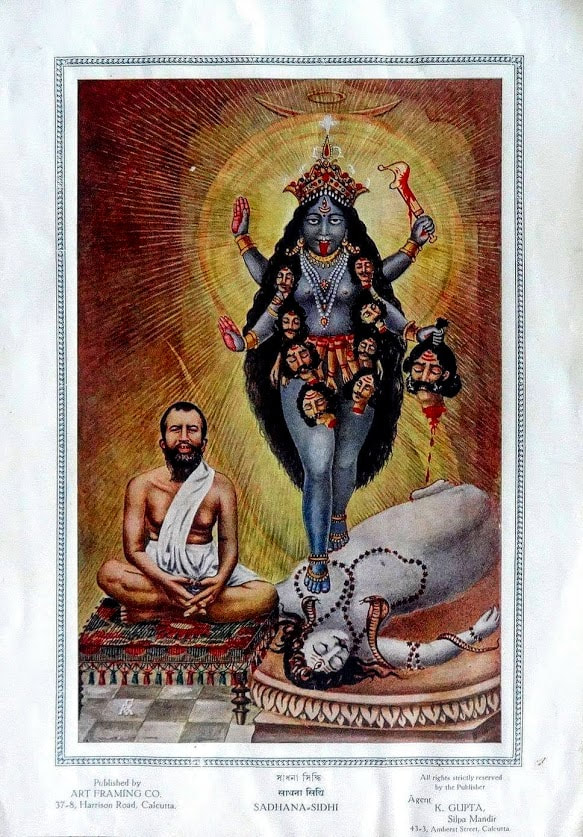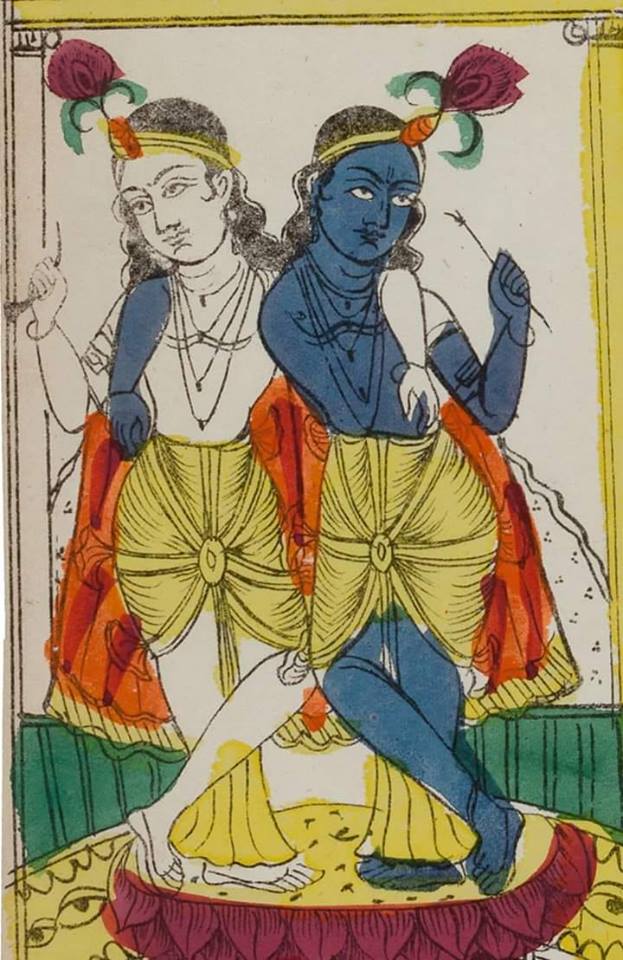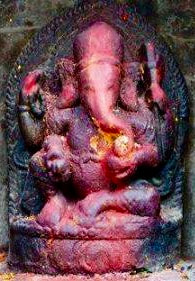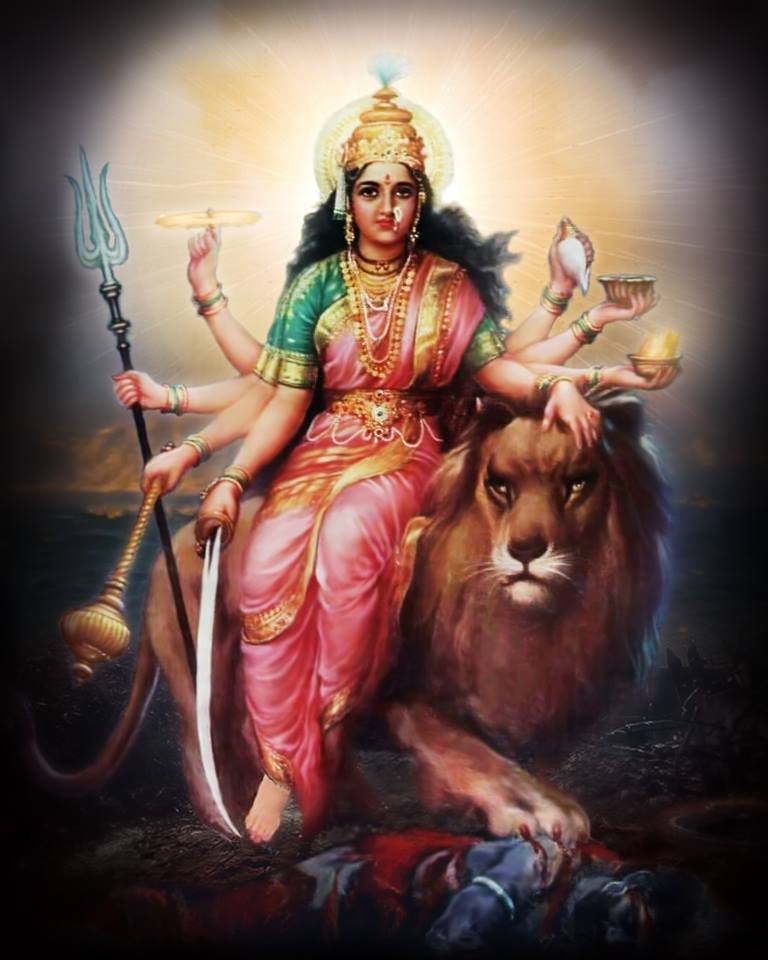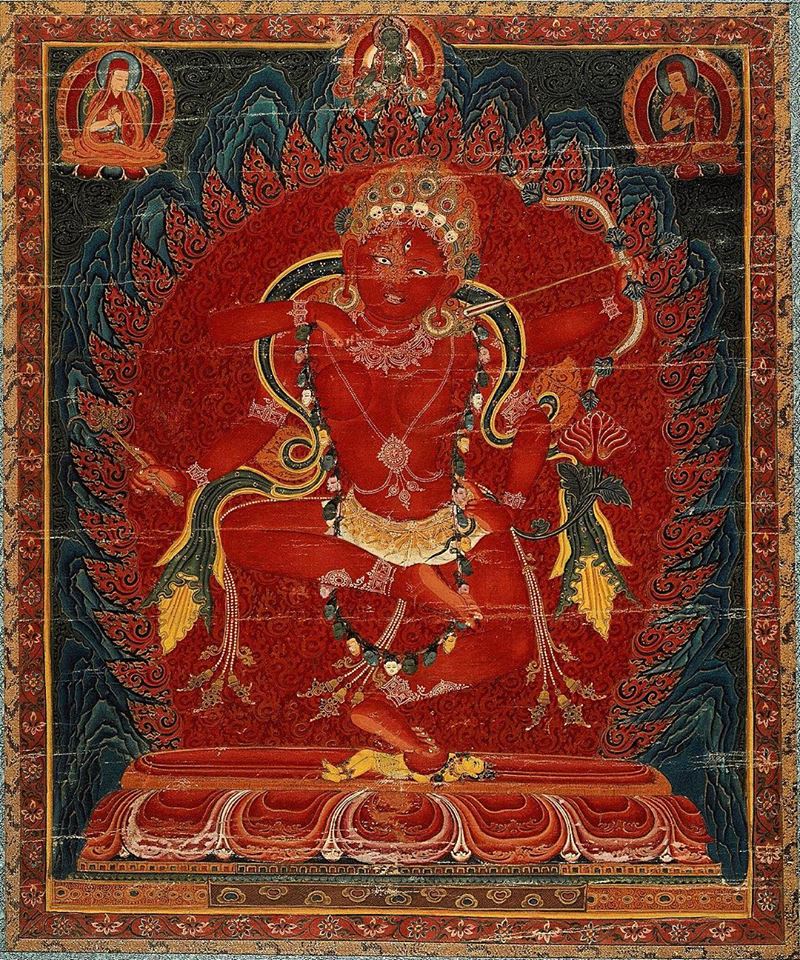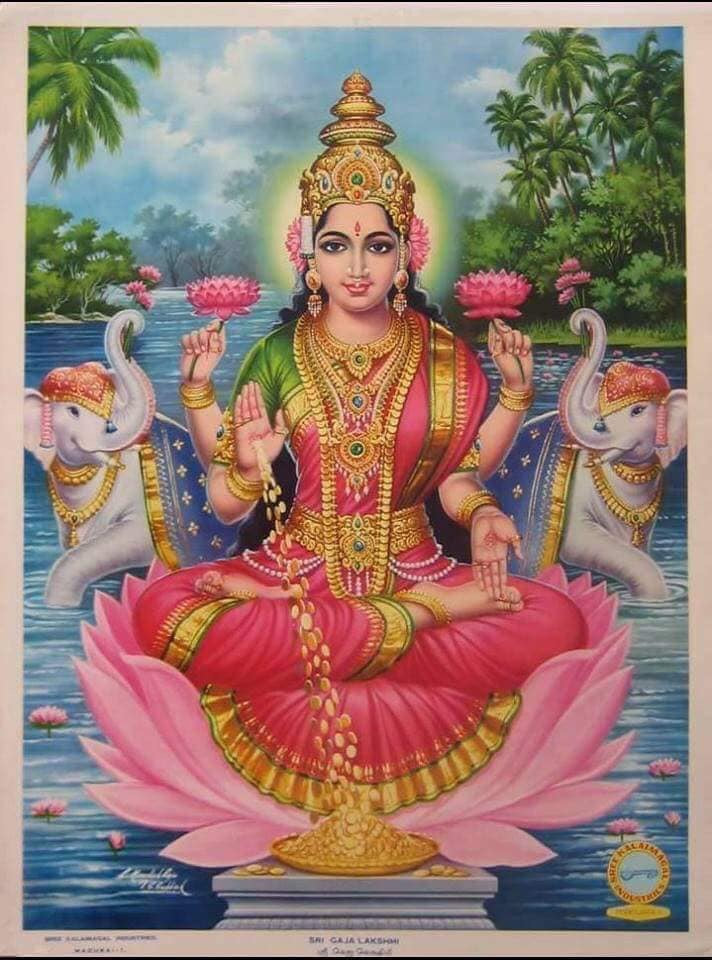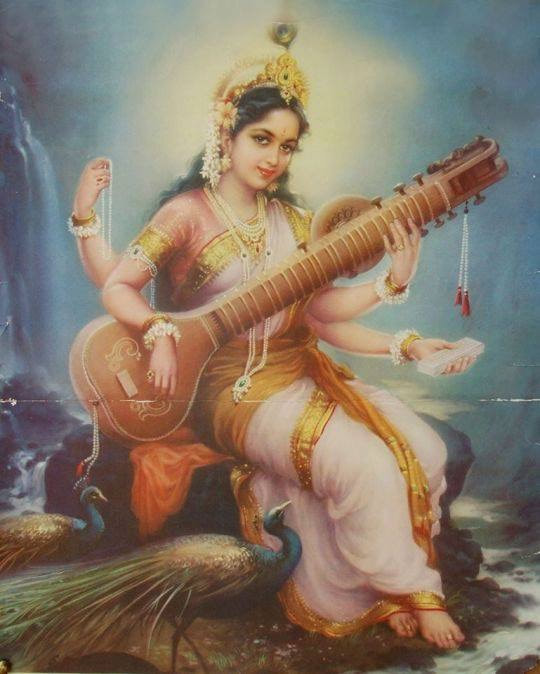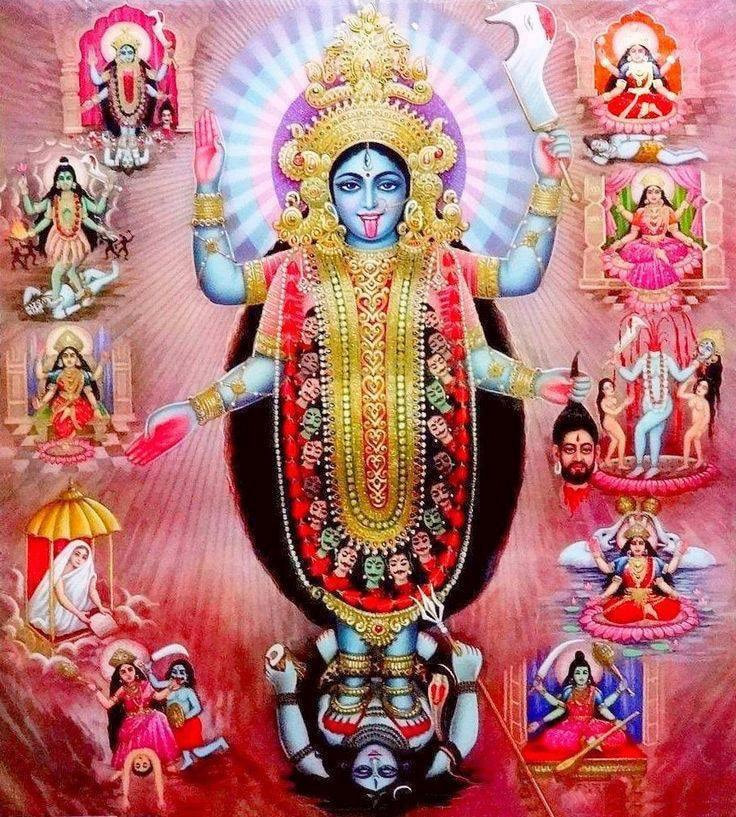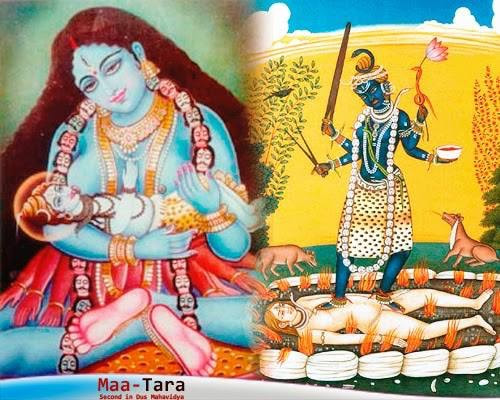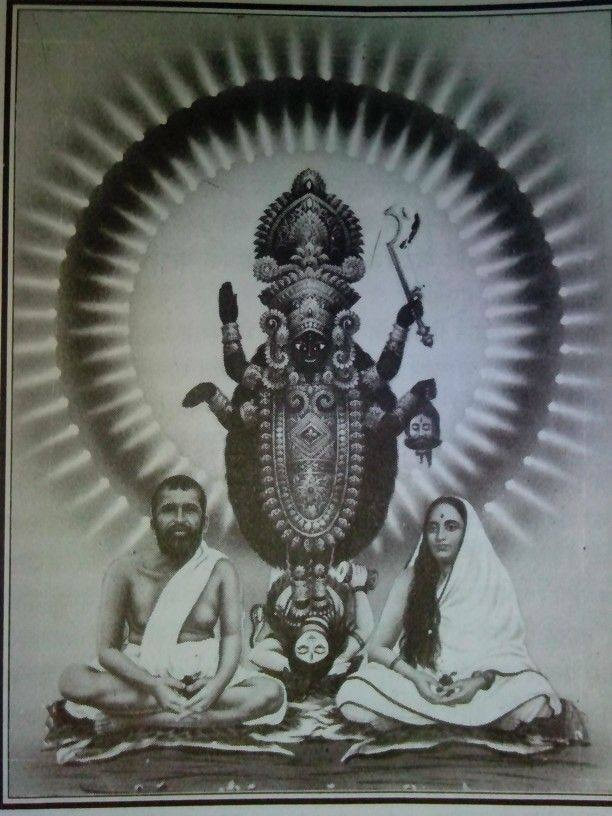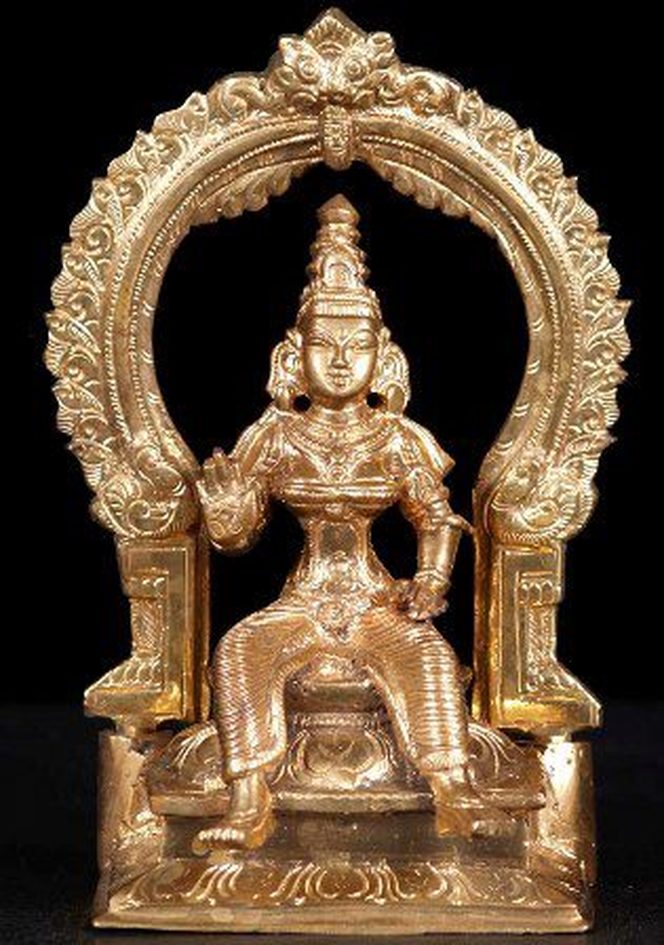
She is also called Jyestha Devi and has the likes of Goddess Alakshmi, the elder sister of Goddess Lakshmi. She is therefore the Goddess of Inauspicious things and Misfortunes. She comes into families or businesses as a new addition to a family or social unit or incoming partner. She is the opposite of good fortune and beauty. With her she brings a string of negative qualities such as sadness, ill-fortune, disease, social and psychological problems, disharmony and monetary troubles. She comes on her mount the donkey and invites trouble to escalate existing shortcomings. She is symbolic of amangalam. Her consort is the Sage Dussaha.
Some of her other characteristics are her links with inauspicious places and links with sinners. Commonly, she is also associated with sloth, poverty, sorrow, ugliness and the crow. In many ways, despite taking a different name, Jyestha Devi is directly identified with Alakshmi, the misfortune goddess. So, worshiping Jyestha Devis is effectively to keep away from households. She is rarely worshipped directly because positive worship is available through Mother Goddess Devi or reverence to Goddess Lakshmi. Still Hindu homes give a thought to keeping Jyestha or Alakshmi from nearing them.
By the 7th – 8th century, her worship had peaked in South India but there are mentions of Jyestha way back to 300 BCE. With the advent of Mother Goddess worship, the ills and problems brought in by Jyestha Devi was left at the lotus feet of Mother Kali and Durga. So, direct worship of Jyestha was not apparent reducing her deity to be collection pieces or unattended deities.
VISNUDHAROTTARA PURANA: This is considered a supplement to the Vishnu Purana. It is included in the list of 18 Upapuranas as given in the Brihaddharma Purana. There are three khandas in this Purana. The Third Khanda deals with the origin of image making and interdependence of arts. Jyestha Devi’s iconography is considered in this Purana. Other Agamas connected to Jyestha are Amshumadbhedagama, Suprabhedagama and Purvakarangama.
DEPICTION: Jyestha is shown with two arms and a prominent raised nose nearly like that of an elephant trunk. Her ink colored lower lips are hanging. She is described to carry large pendulous breasts descending as far as her navel. This is supported by a flabby belly and and swollen stomach. She has thick thighs.
Jyestha’s hair is usually brainded and piled on top of her head. Otherwise it is wound around in a style that is called vasikabandha. She is well ornamented for herself. She has a tilaka mark on her forehead to symbolise her married states.
Her blue-black or red garments cover her black or red complexion. Jyestha Devi is often depicted seated comfortably on a throne with her feet on the ground. She holds a blue or white lotus in her right hand. A water-pot is held in her left hand or placed near her throne or placed in the hand that makes while she gestures protection by her abhya mudra. The left hand rests on her seat or thigh.
Now, Jyestha sometimes holds and broom. Her banner depicts a crow. The banner and the crow banner are sometimes carried by her attendants. The broom is symbolic of her sweeping in bad-omen to a home. The crow which sometimes stand around her, represents the negative aspects, ‘muthukattil uvakkum pinam’ means one that gathers in the cemetery to take a seat on corpse. The Tamil word ‘Kakkaikodiyal’ describes her being crow-bannered. The attendants are a man is bull-faced and holds a rope. The other is beautiful women with a conical crown.
VAHANA: Both Alakshmi and Jyestha Devi share the same vahana, the donkey. But she is seldom shown mounting it except for scanty descriptions. Some texts depict her being drawn in a chariot by lions. Some show lions following her. But the general agreement is the donkey being her vahana.
PADMA PURANA: Mythological accounts of the samudra manthan episode, show Jyestha as Alakshmi, the elder sister of Lakshmi. Jyestha means elder. It is said that Jyestha Devi arose out of the sea before Mother Lakshmi on the day of the ksheera sagara manthanam. She is depicted as a dark woman, wearing dirty clothes and carrying a broom and a pan. There is general agreement that her arrival is connected to the halahala poisons that streamed from the ocean while mother Lakshmi, as antithesis was born when the elixir of life emerged.The Purana goes on to state that Jyestha, wearing red garments, appeared from the ocean when Lord Shiva swallowed the halahala.
The Gods unwelcomed her and she is quickly subscribed to dwell in inauspicious places. So Jyestha went on to bring disaster to many homes. When there was auspiciousness and happiness, Jyetha entered the homes to make it unauspicious and unhappy. She brought poverty and sends many homes to the doldrums of sorrow. She invited quarrels and harsh language. She split happy families despite their attempts to make ends meet. Thus in Hindu homes she was symbolised by skulls, bones, ashes or charcoal and in some way the cemetary.
LINGA PURANA: Lord Vishnu divides the material world to have good-bad divisions. So he creates Lakshmi and Jyestha. Both are made to be born from the churning of the cosmic ocean. Later Mother Lakshmi is Vishnu’s consort. Jyestha complains that she is yet to meet a groom but later is grounded with the sage Dussaha.
The sage was tolerant for a while but soon his patience turns sour when he finds out that that his wife throws in the spanner whenever there is an auspicious sight or sound. Dussaha brings up the matter to Vishnu and Markandeya. They advise that Jyestha is restricted to darkness and inauspicious place. But she brings about so much of sorrow and tears and finally Dussaha abandons Jyestha and leaves her in non-Vedic place. Jyestha then approached Mahavishnu for relief. He decreed that she would get her offerings when she still visited families due to their kharmaphala.
KAMBA RAMAYANA: In the Tamil Kambaramayana, there is consensus of her appearing together with Lakshmi in samudra mandam episode. Kamba Ramayana goes on to state that the Hindu trinity decreed that she live in inauspicious places only. Since she is elder to Lakshmi, she is named Mudhevi, one that brings in bad omen to the hosts. The opposite is Sridevi, a reference to Mother Lakshmi.
SHAIVA PURANAS: Puranas depict the balance of prakriti and the role of Mother Goddess Parashakti, the Supreme Goddess who regulates human lives in different ways. Jyestha denotes the negative aspects of a incoming Hindu wife, while Lakshmi denotes wisdom and wealth. Her name-sake nakshatra, Jyestha constellation inherits the negative qualities of the goddess. If a bride enters a house in the Jyestha constellation or with the qualities of Jyestha, the family is predicted to be doomed unless they are watched over by the more ferocious Goddess Kali or Durga. Finally Kali drives Jyestha away.
Jyestha is also linked to other goddesses such as Sitala, one that brings small pox and disease; Nirriti, the goddess of death and corruption; Yama, the Lord of Death; Dhumavati, a widow goddess known for dirt and pestilence. Generally, Jyestha does not fit in any Saumya or benevolent Hindu goddesses. She does not even fit in the ugra-fierce goddesses, for they have inherent love and goodness within them despite being ugra. In the family set up Jyestha is seen as sloth and ugliness of the heart and as streams of laziness and slumber. She carries a facade face despite the being the invitee of inauspiciousness and troubles.
It is for this reason, especially after the advent of Mother Goddess worship, Jyestha’s deities were decreed unworthy of worship. It was kept in temple corners or thrown away into seas and rivers. Otherwise the deity is kept with the face towards the ground as the mere glance of the goddess is believed to bring immeasurable trouble, sadness and disharmony.
Hara Hara Mahadeva
(drafts Gods, Goddesses, Minor Deities and Sages)
Yogi Ananda Saraswathi
(Sanskrit: ज्येष्ठा, Jyeṣṭhā, "the eldest" or "the elder") is the Hindu goddess of inauspicious things and misfortune. She is regarded as the elder sister and antithesis of Lakshmi, the goddess of good fortune and beauty.
Most Hindu legends narrate about Jyestha's birth during the churning of the cosmic ocean. She is usually described to be born when the poison Halahala streams from the ocean, while Lakshmi — her antithesis, the goddess of good fortune — is born when the elixir of life emerges.
In the Padma Purana, when the churning of the ocean commences, the poison first appears from the ocean. It is swallowed by the god Shiva and then Jyestha appears from the ocean, wearing red garments. When she asks the gods what she is supposed to do, she is ordered to dwell in inauspicious places. She is described to bring sorrow and poverty. She is said dwell in houses with quarrel, where liars use harsh language, where evil and sinful men live, where there is long hair, skulls, bones, ashes or charcoal (signs of an unorthodox mendicant).
According to the Linga Purana, the god Vishnu divides the world into the good and the bad. He creates Lakshmi (Sri) and Jyestha, both born from the churning of the cosmic ocean. While Lakshmi marries Vishnu, Jyestha is married to the sage Dussaha. The sage soon discovers that his ugly wife can not bear the sound or sight of any auspicious things and complains to Vishnu or the sage Markendeya (in some versions).
Vishnu/Markendeya recommends Dussaha to take Jyestha only to inauspicious places. Jyestha is described to stay away from religious people. Jyestha then earns the epithet Alakshmi, "one who is inauspicious". She dwells in places where "family members quarrel and elders eat food while disregarding the hunger of their children".
She is described to comfortable in company of false mendicants and naked Jain monks who were considered as heretics by Hindus. Eventually tired of her anti-social nature, Dussaha abandons Jyestha in a place where non-Vedic (heretical) rituals are performed. She then approaches Vishnu for relief. Vishnu decreed that Jyestha would be sustained by offerings of women.
According to the Kamba Ramayana, Jyestha appears during the churning of the cosmic ocean. The Hindu trinity — the Trimurti find her and order her to live in inauspicious places. As Jyestha emerged before Lakshmi, Jyestha is considered the elder sister of Lakshmi. Thus, Jyestha is also called Mudevi or Mudhevi.
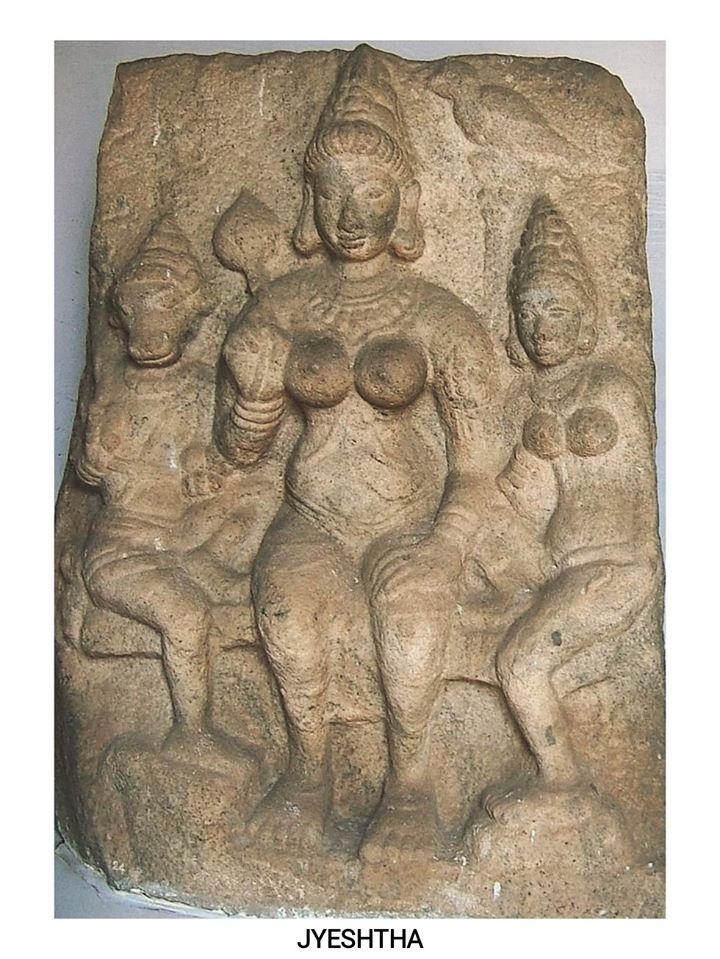
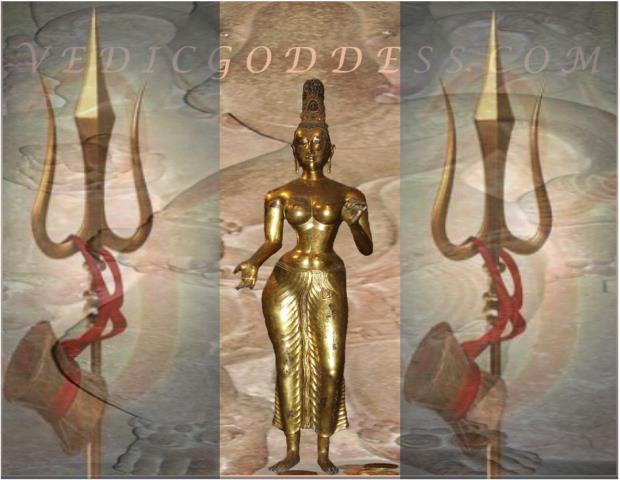
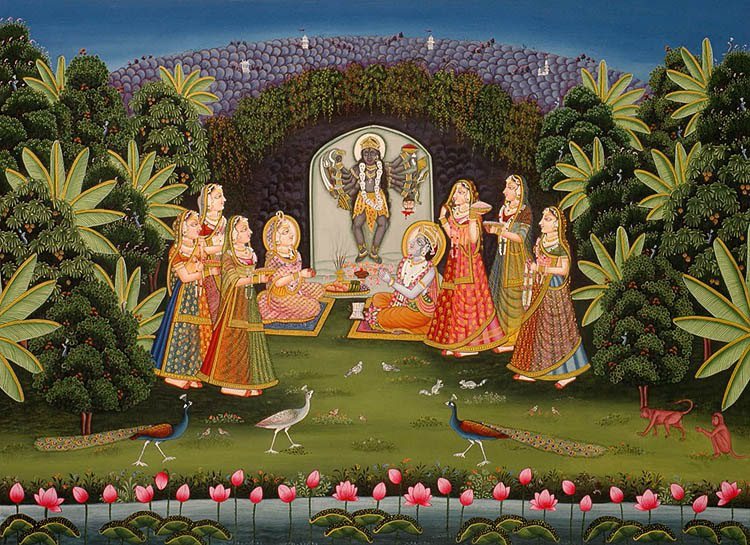
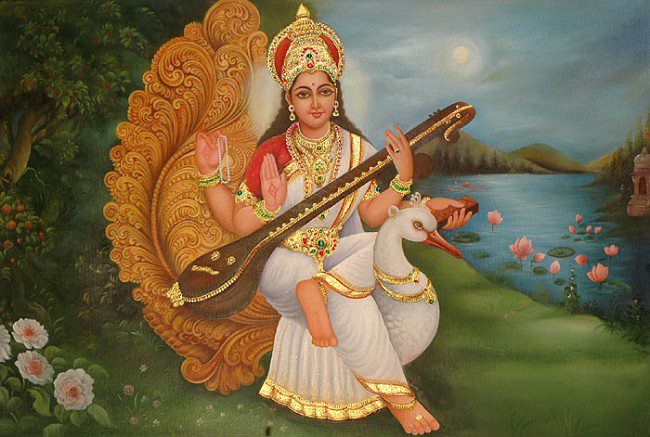
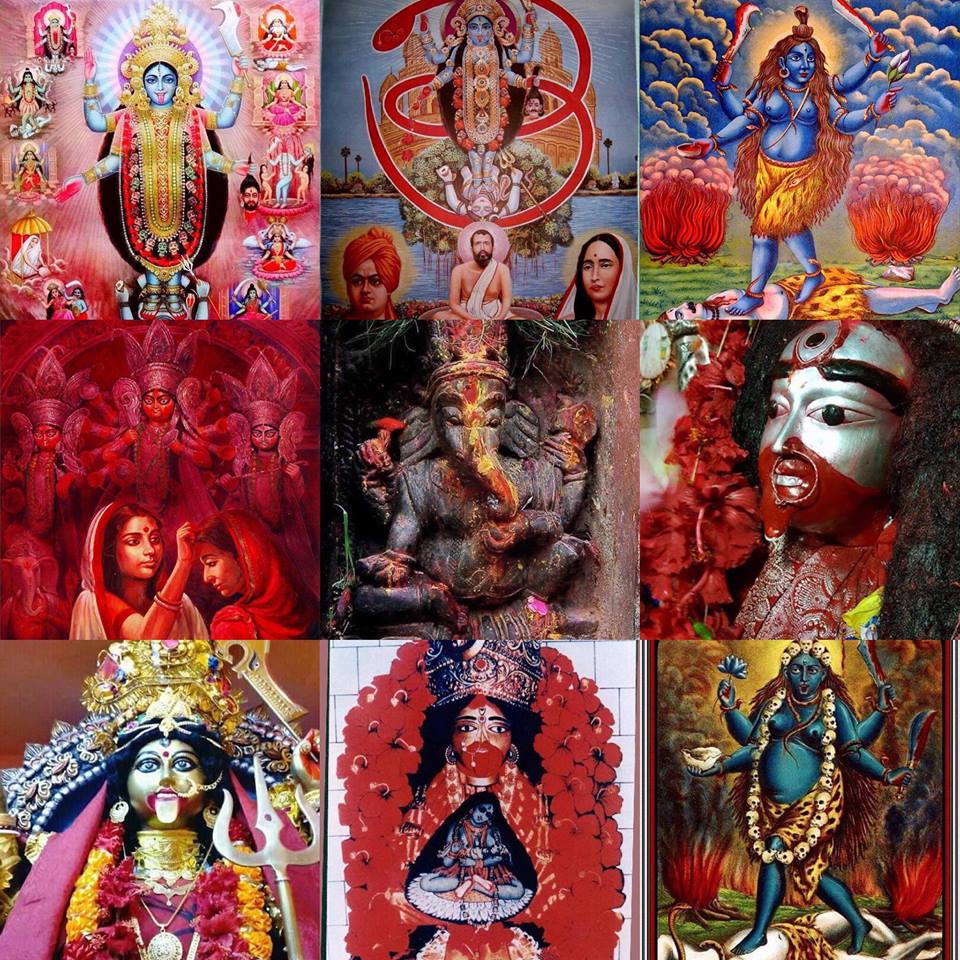
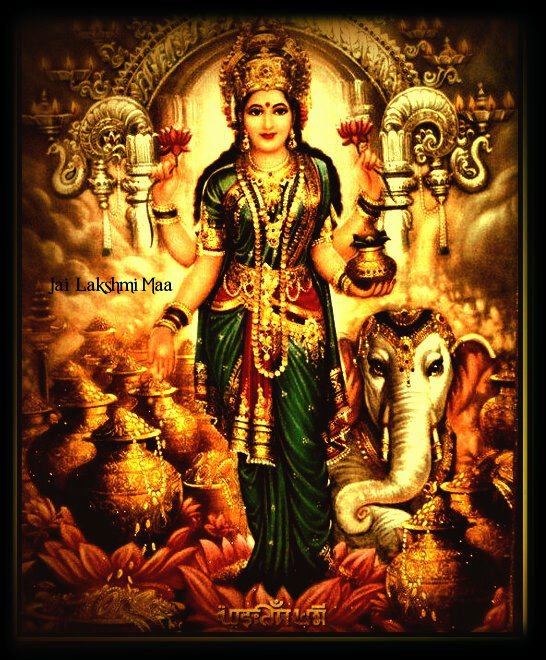
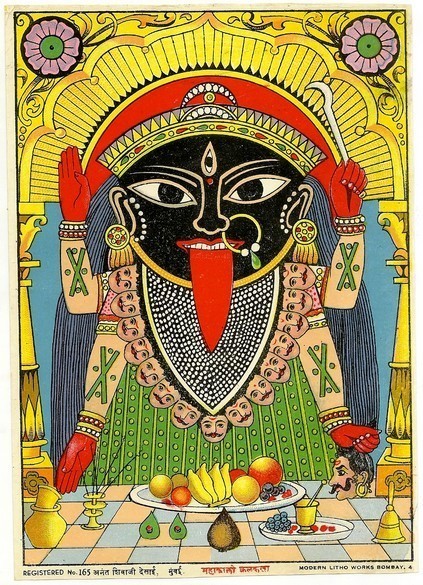
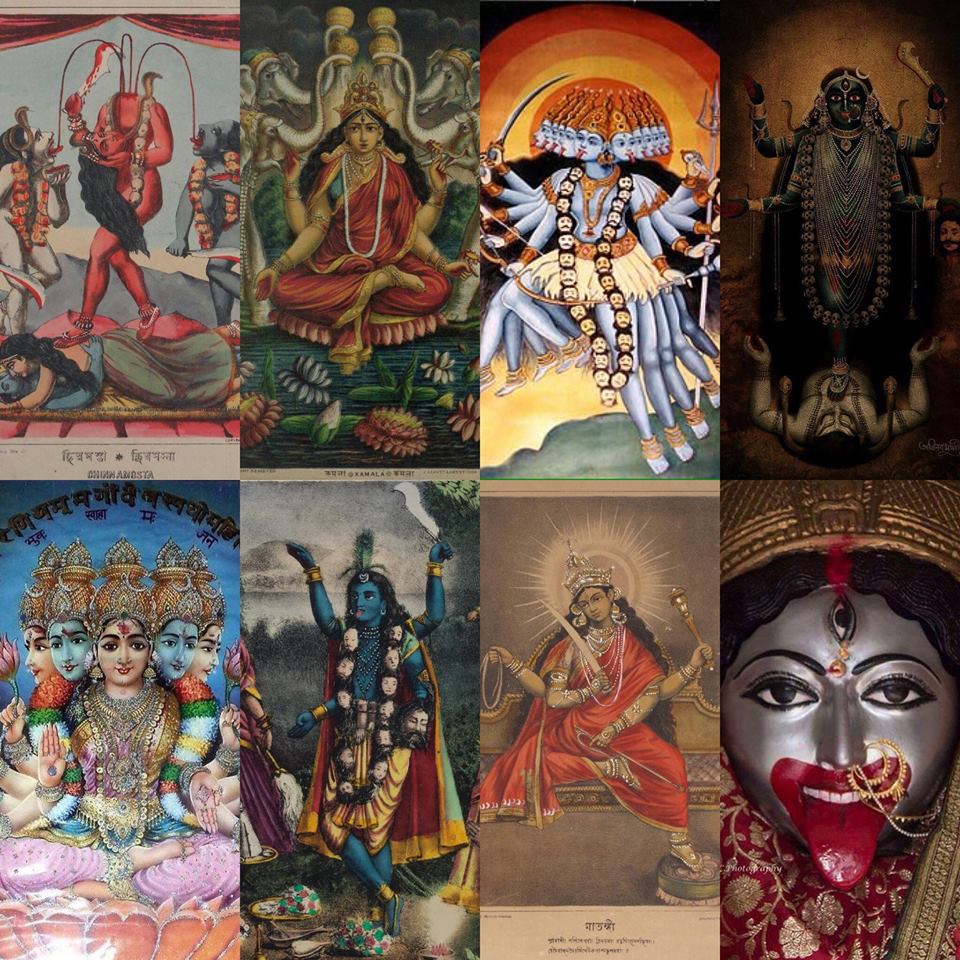
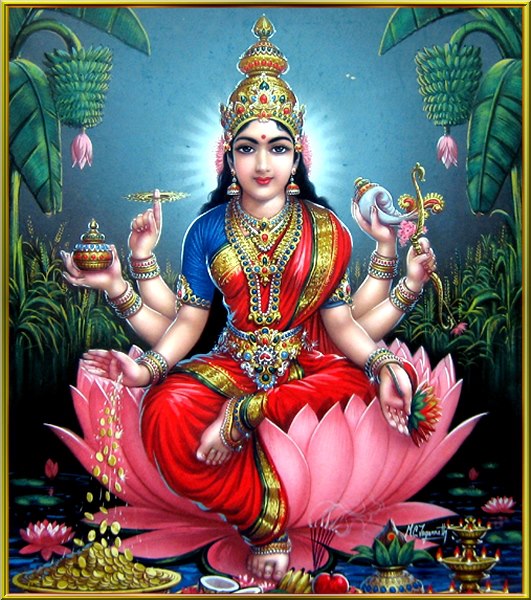
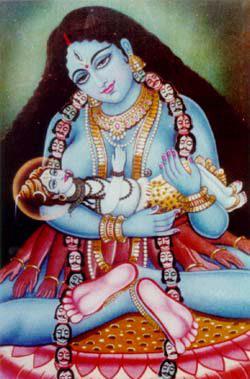
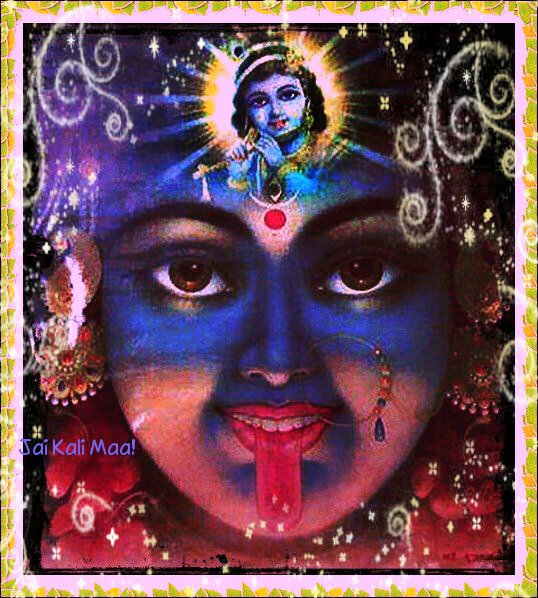
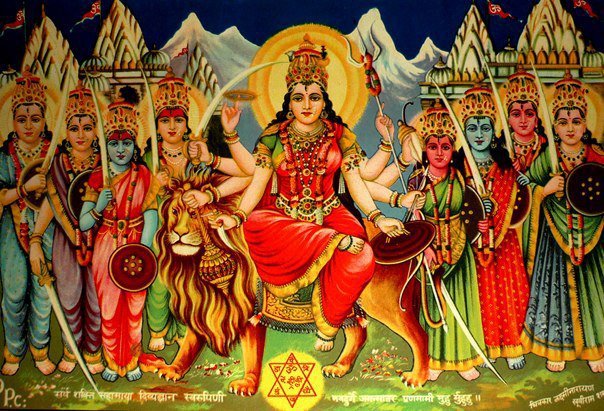
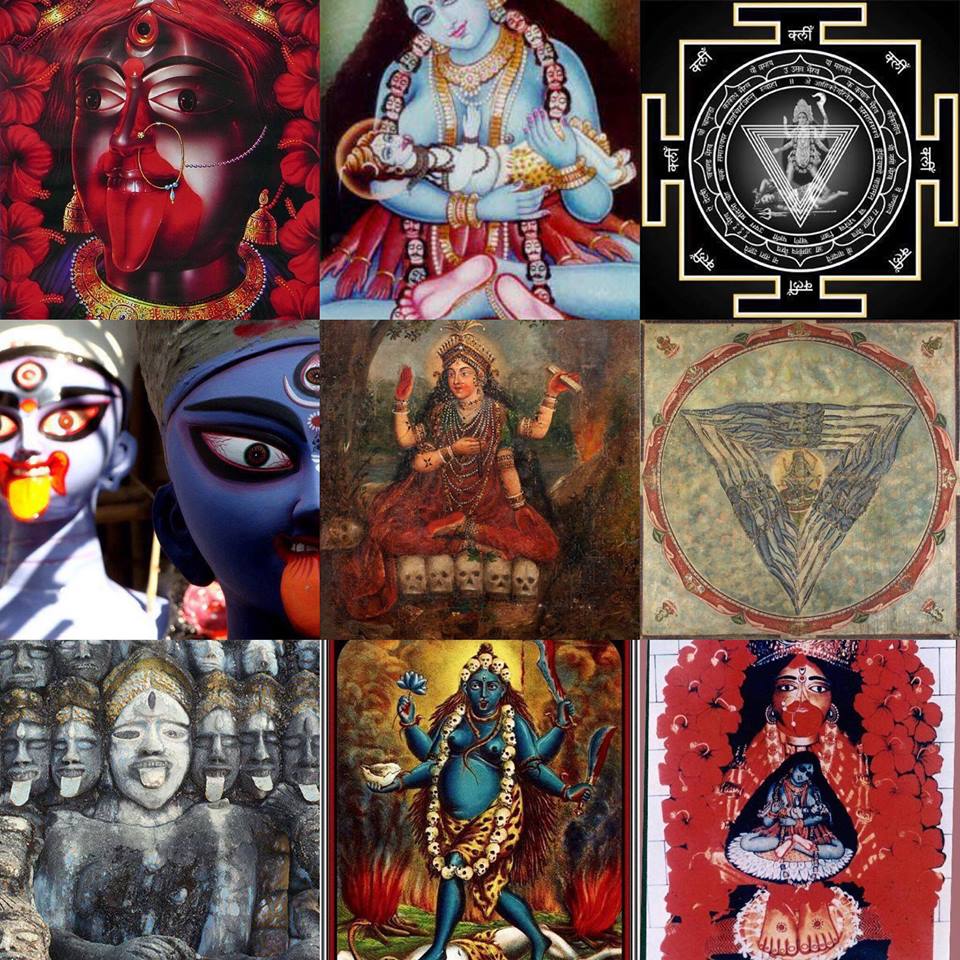
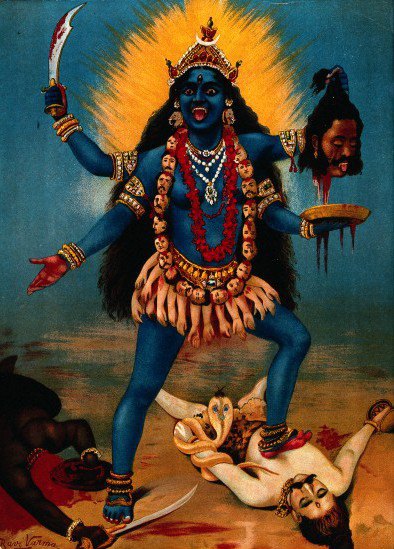
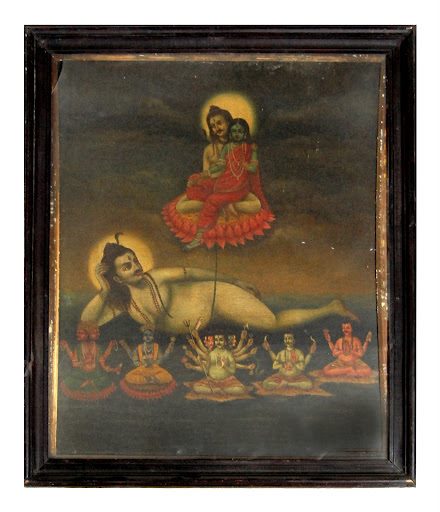
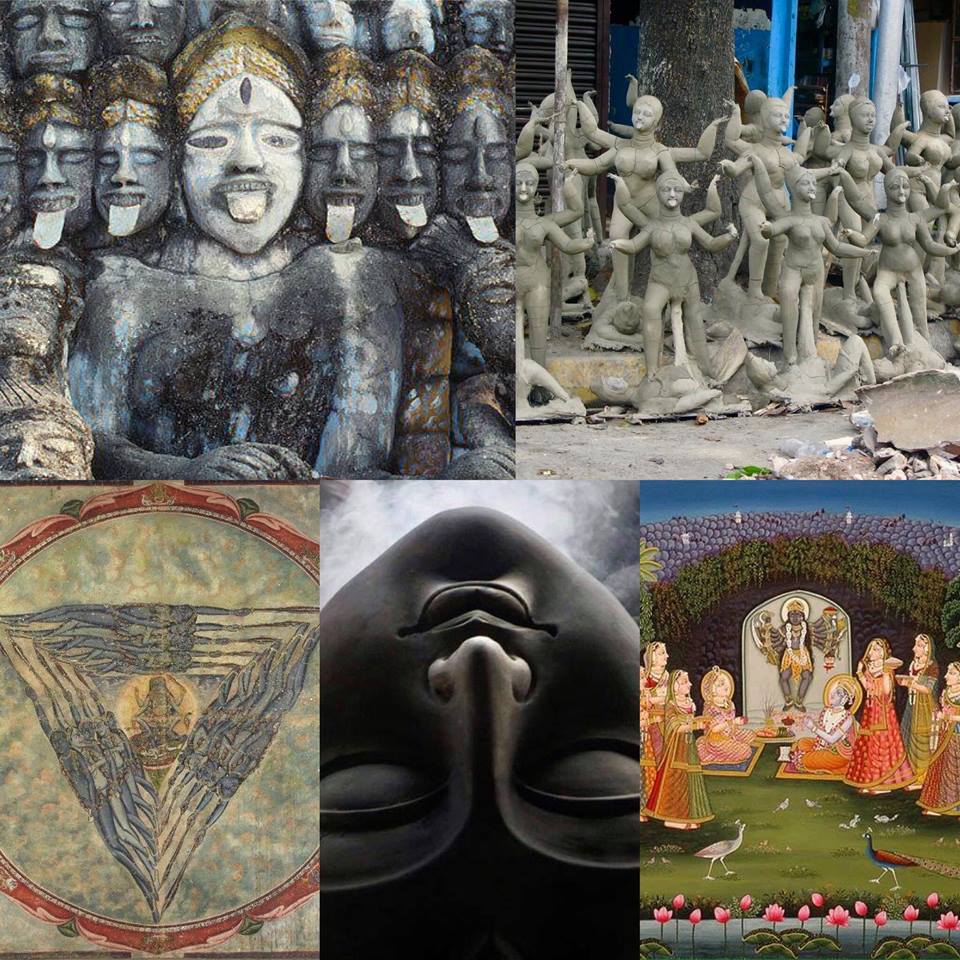
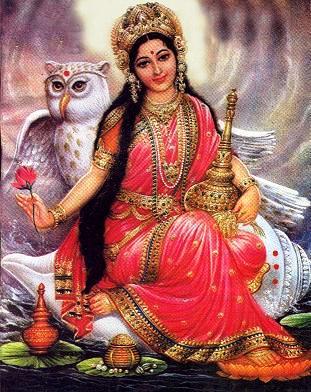
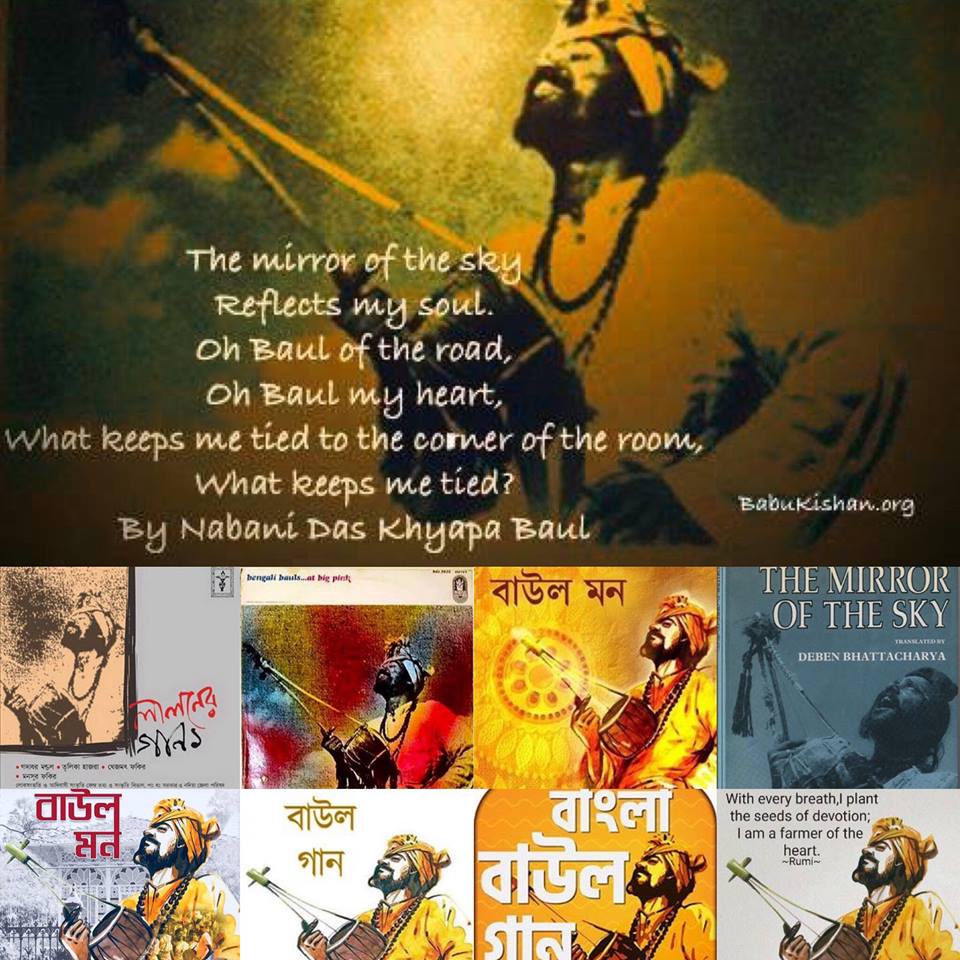
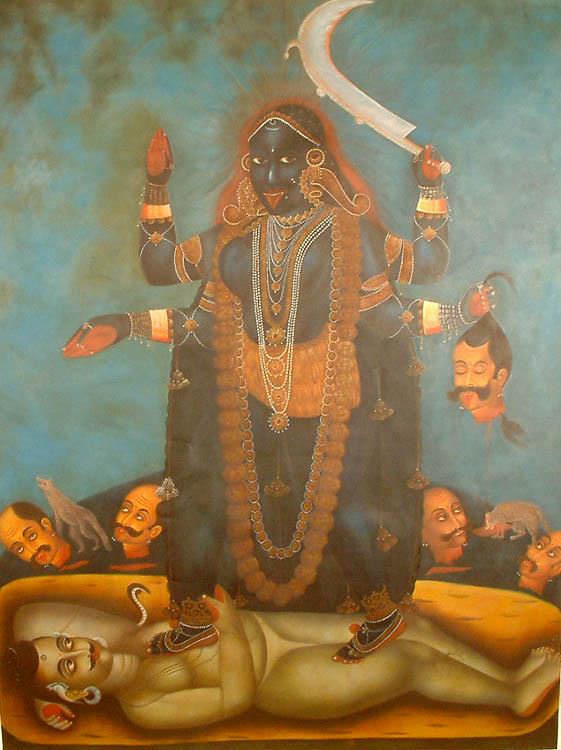
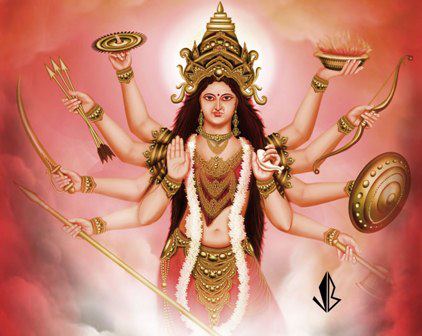
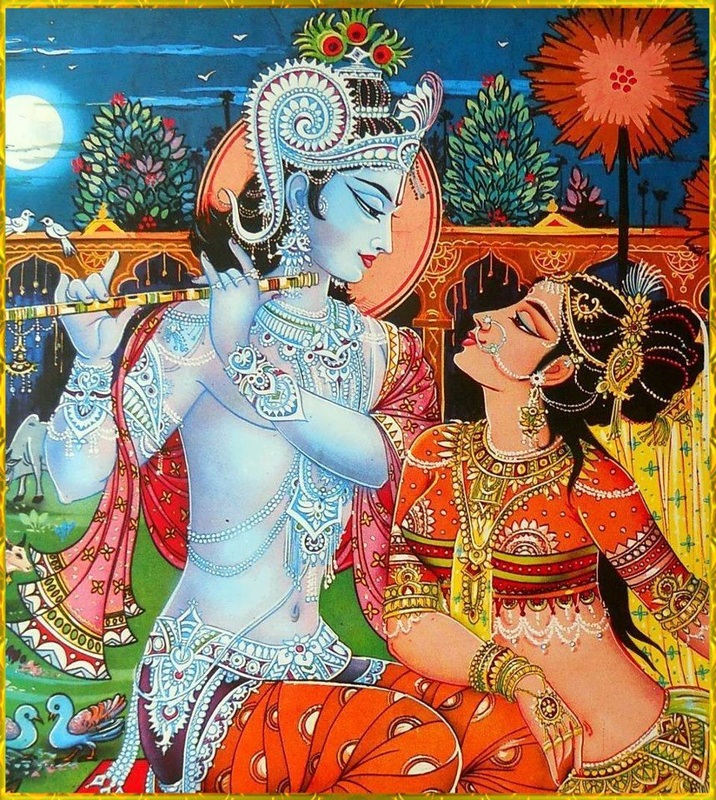
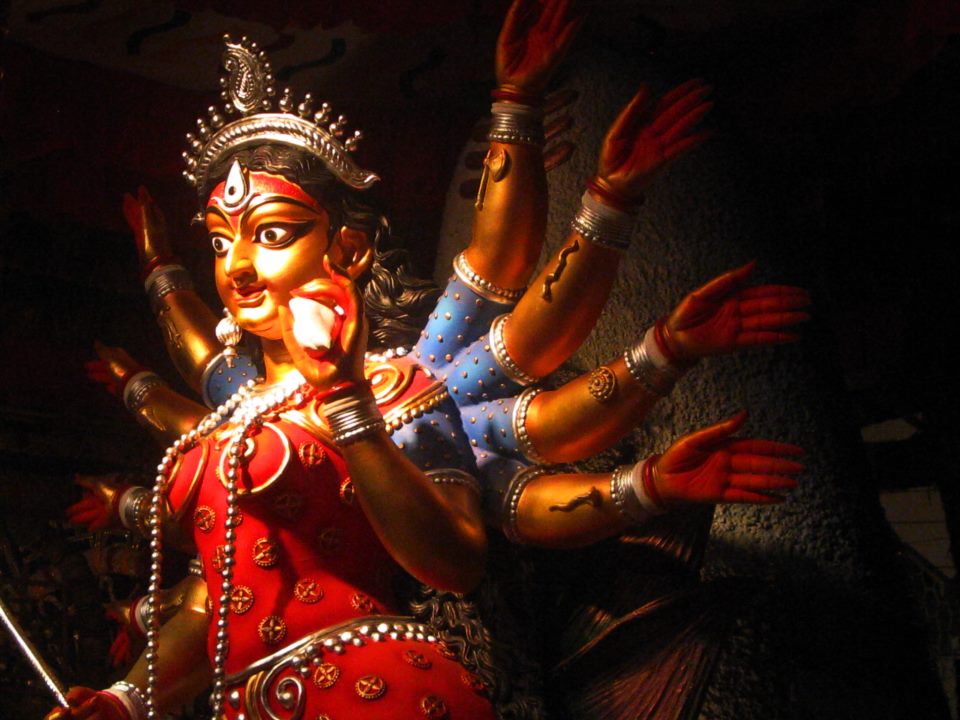
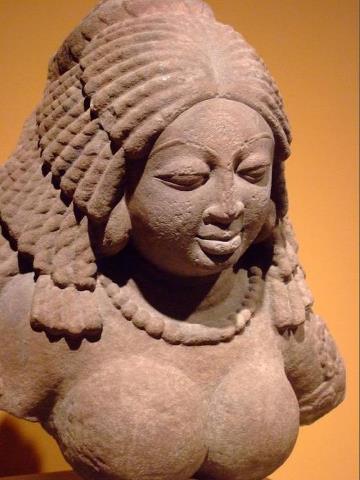
 RSS Feed
RSS Feed
